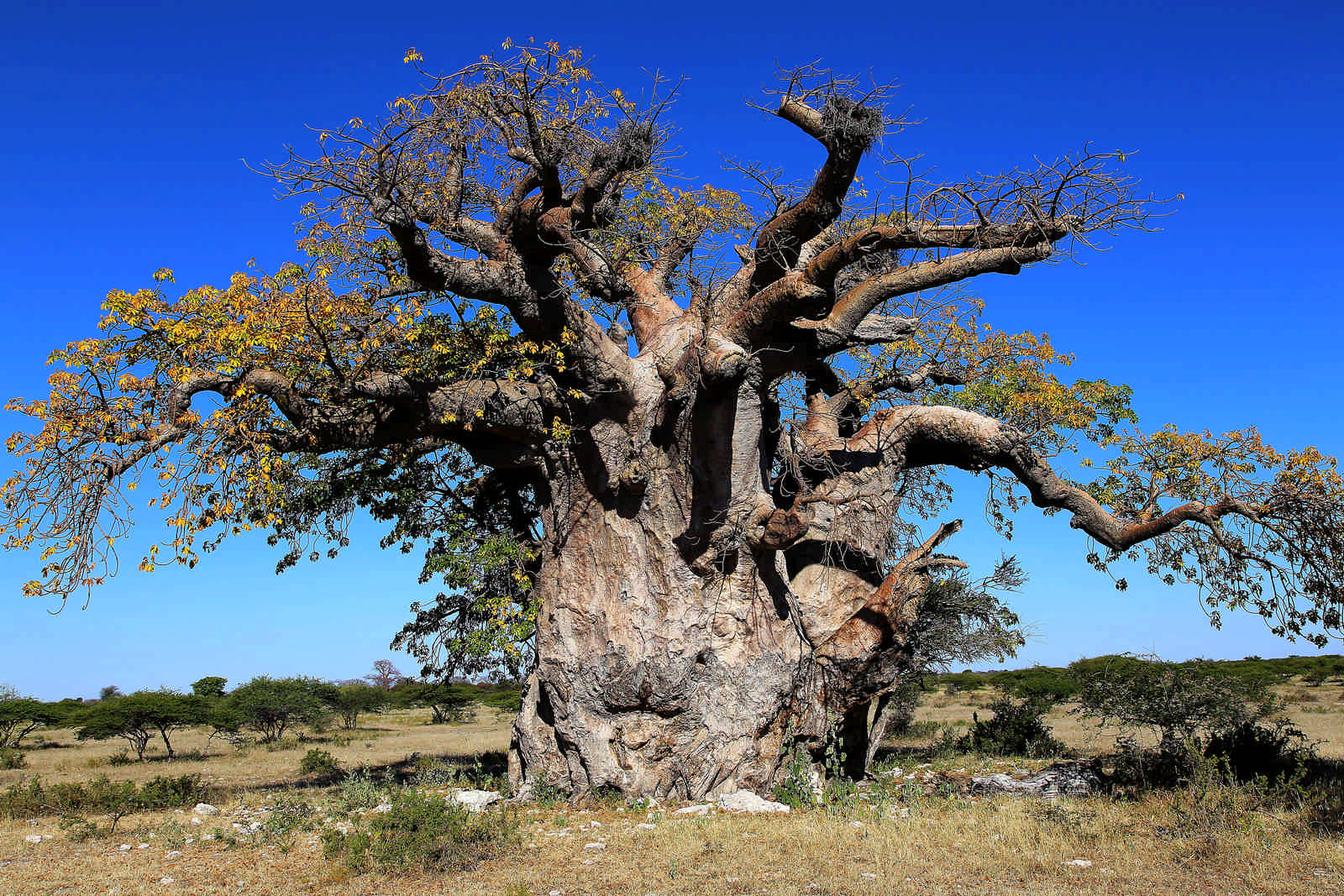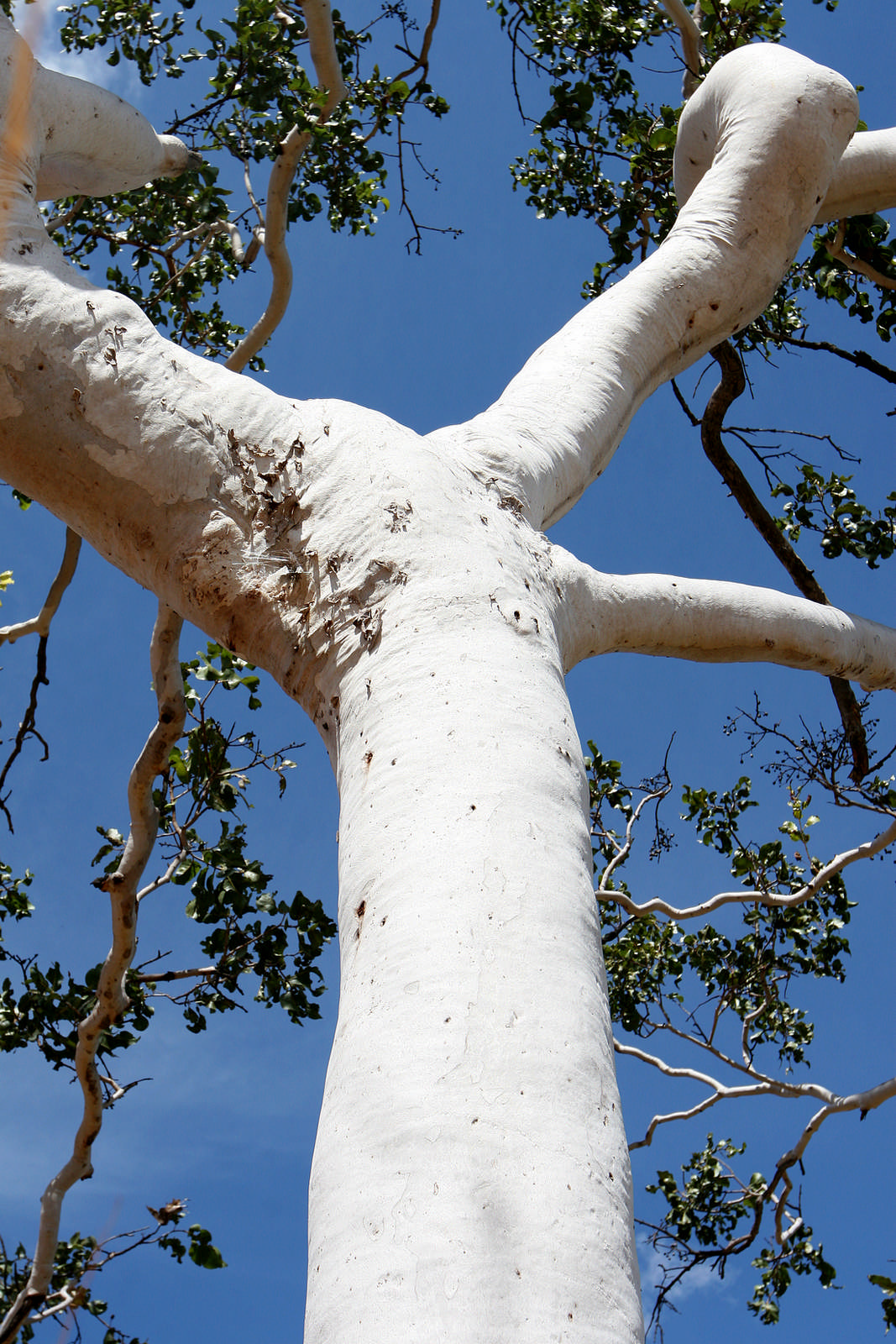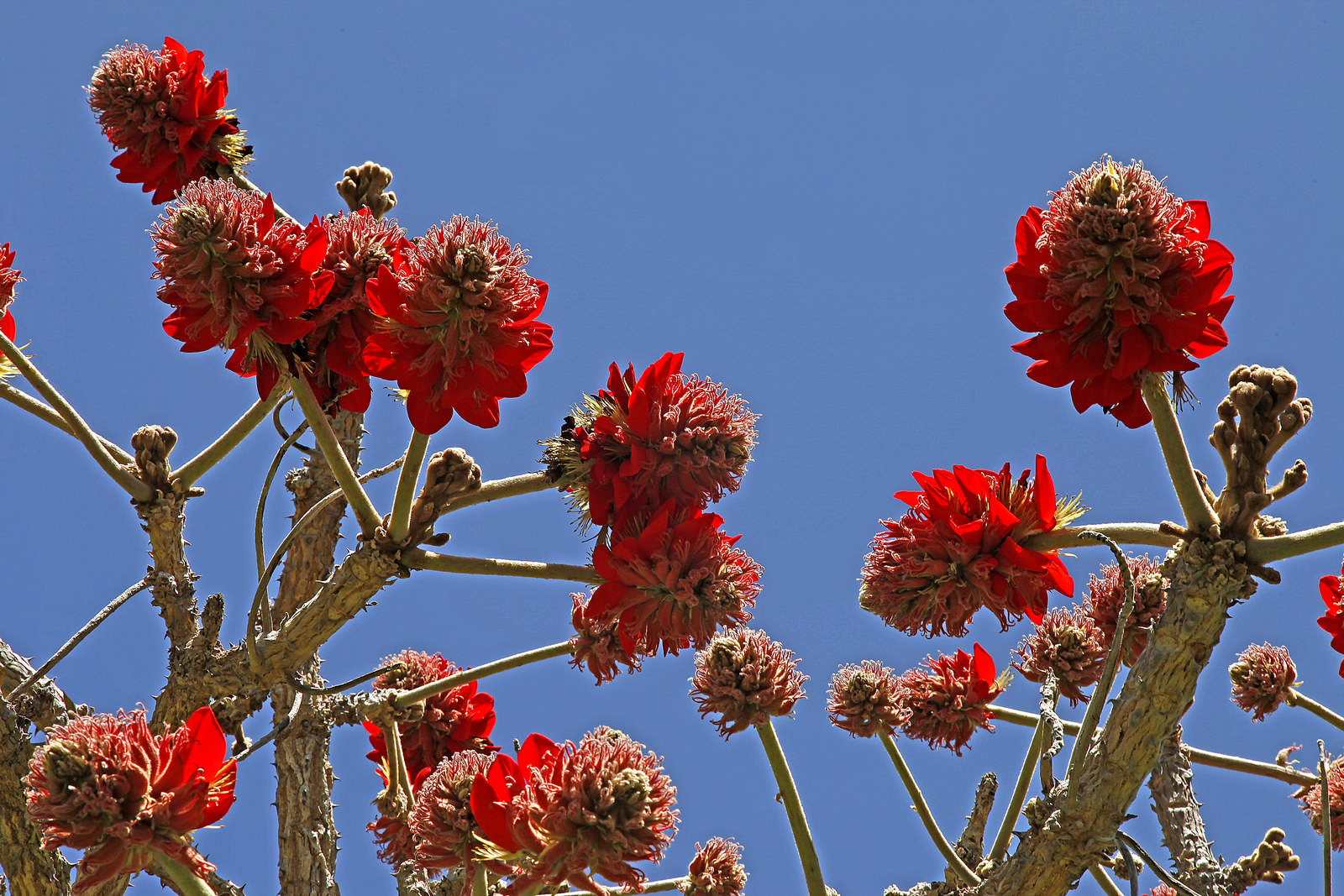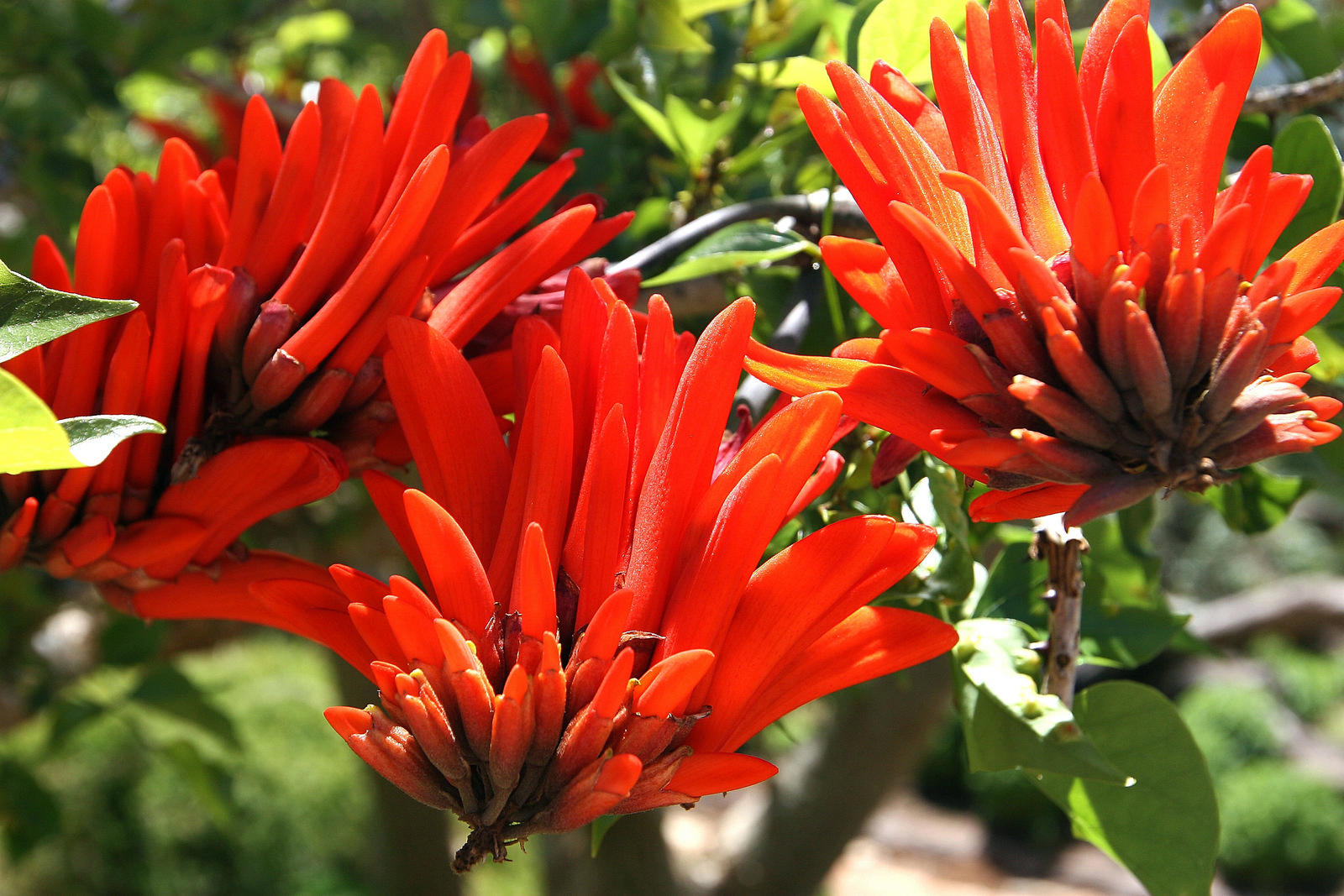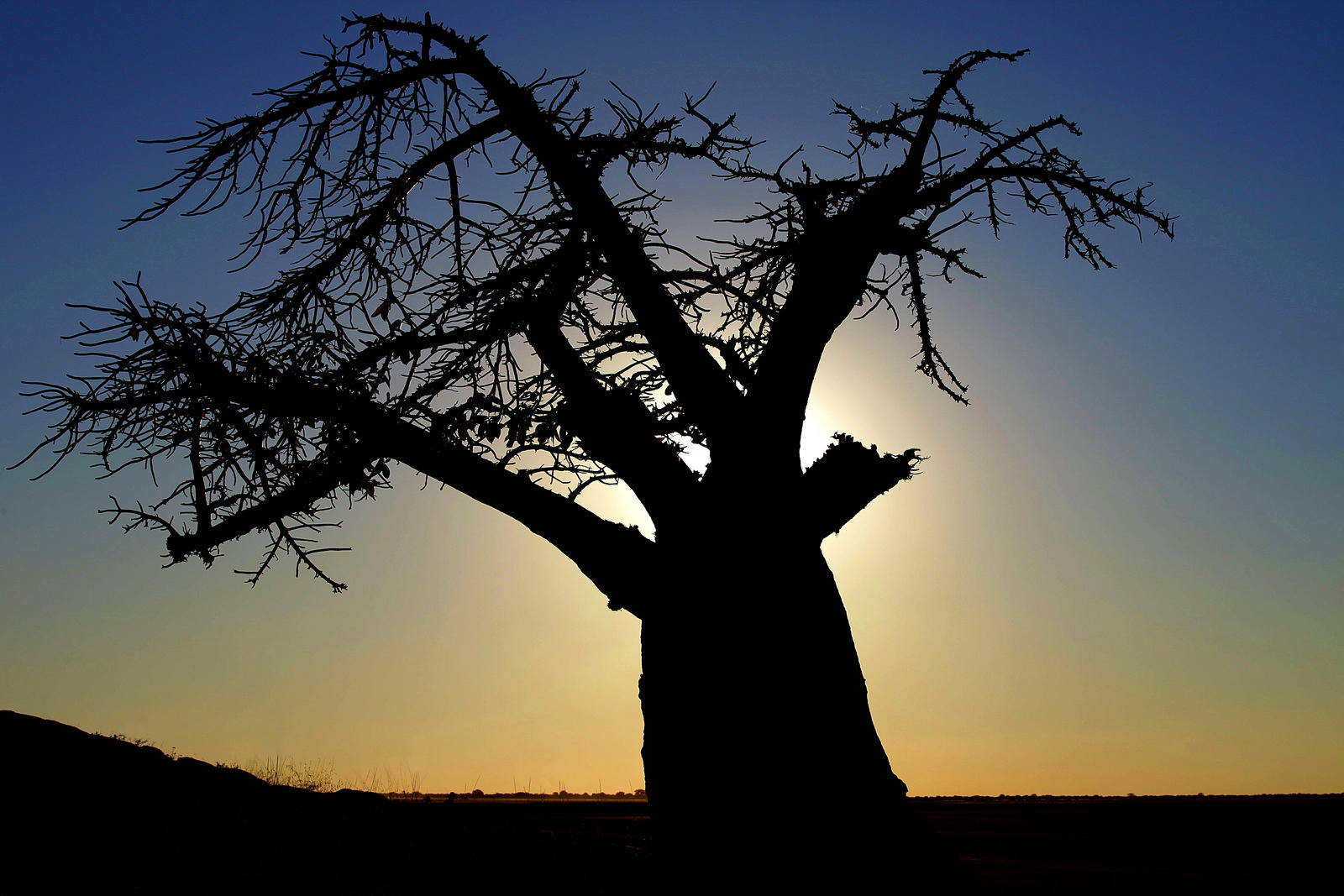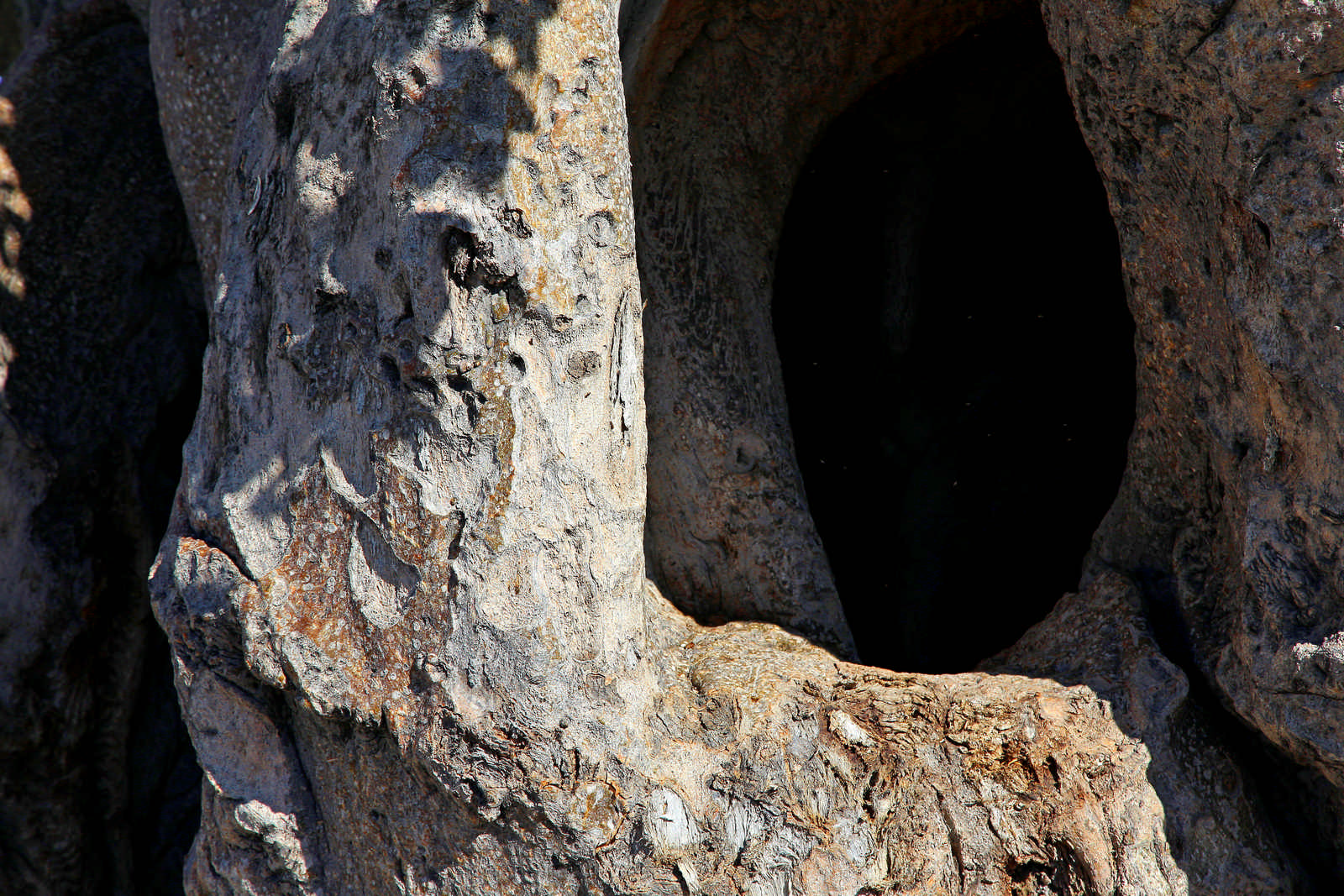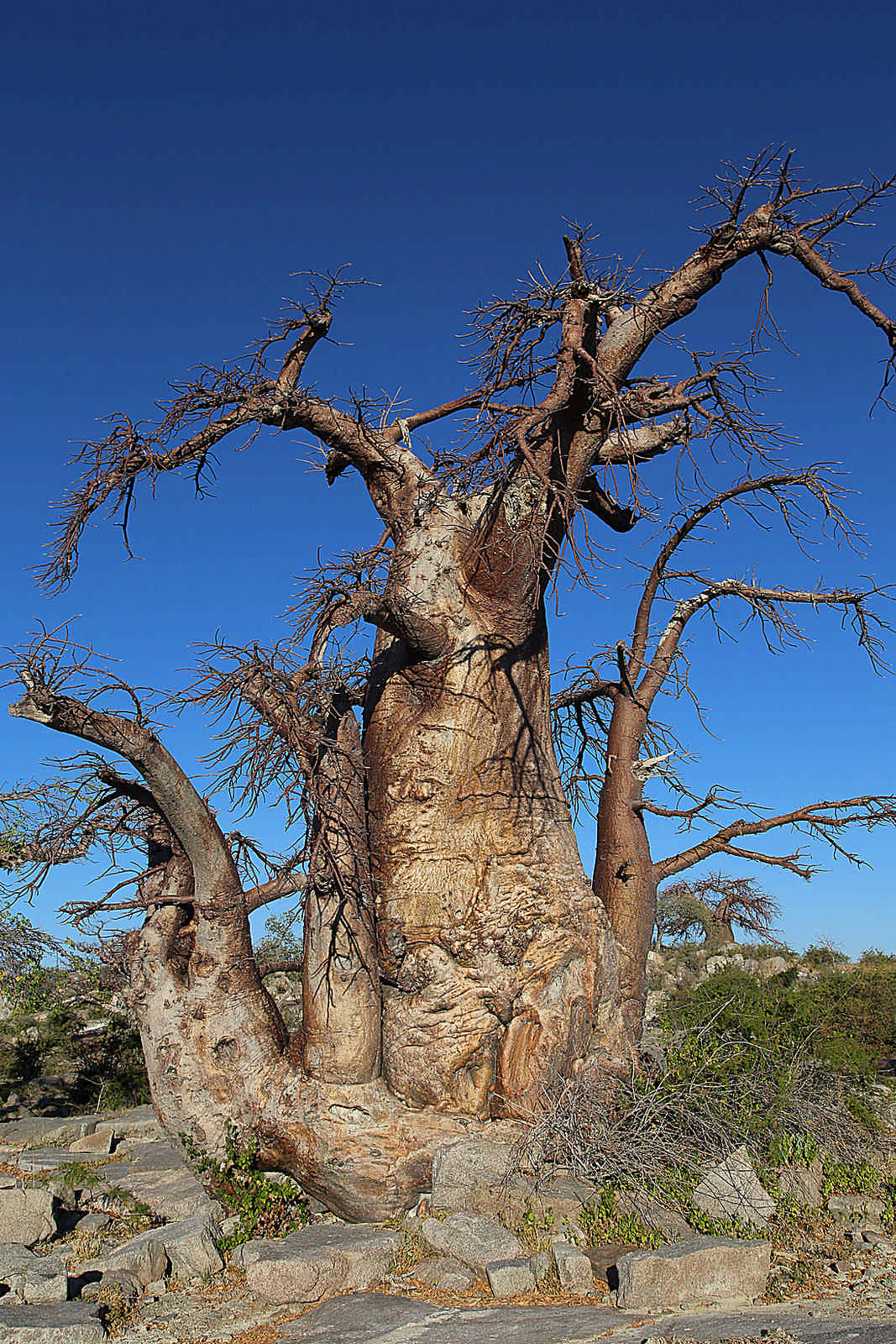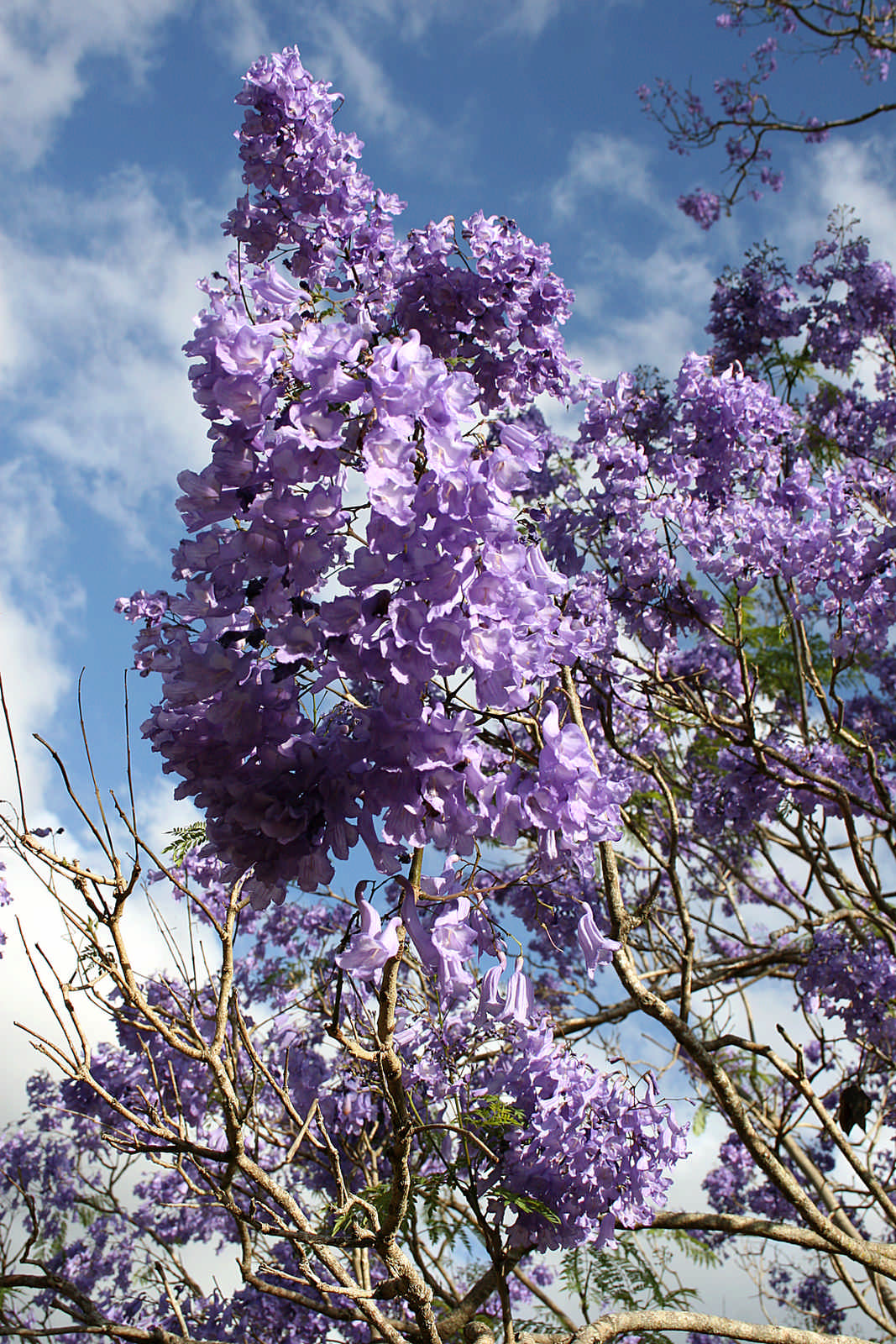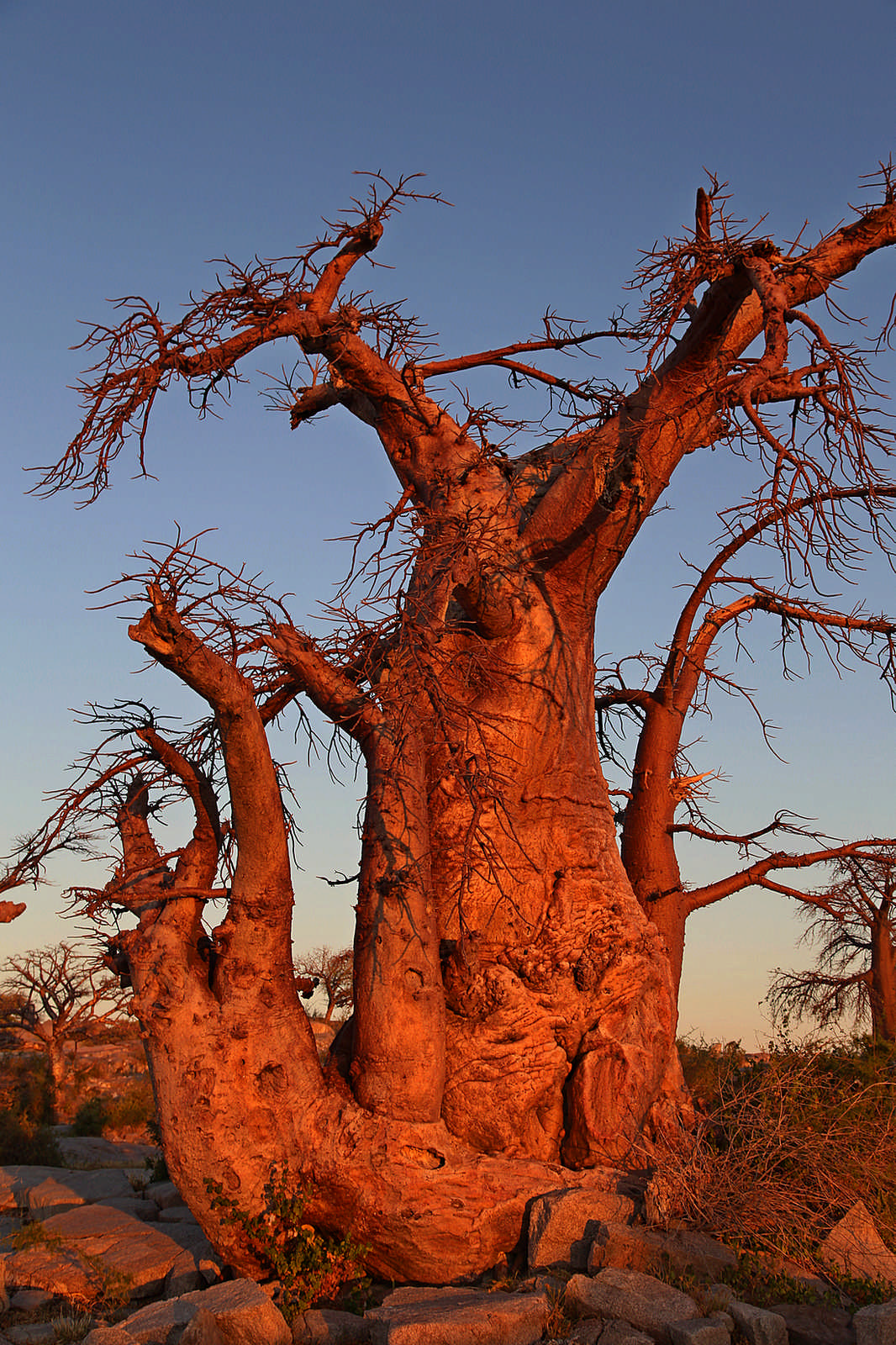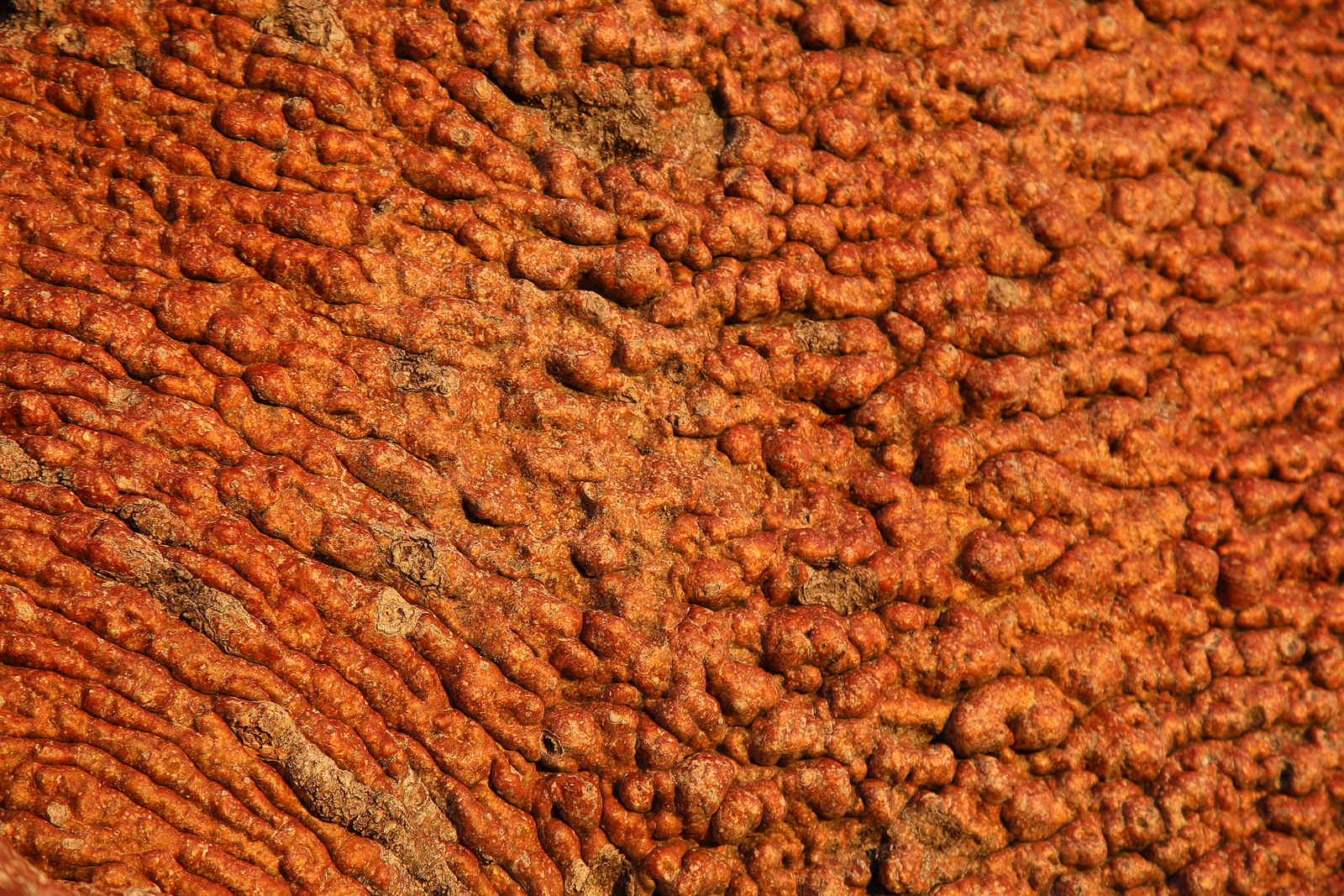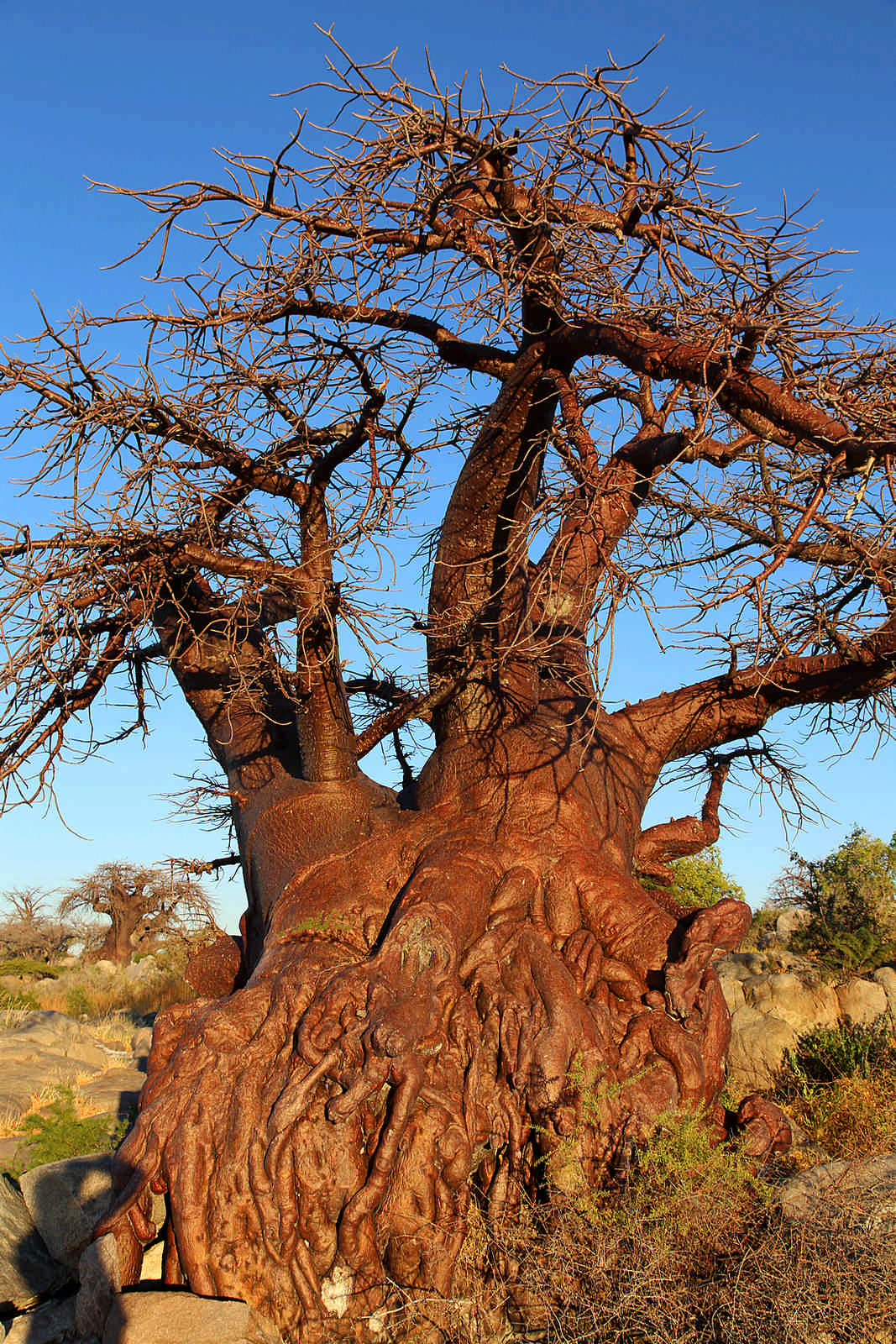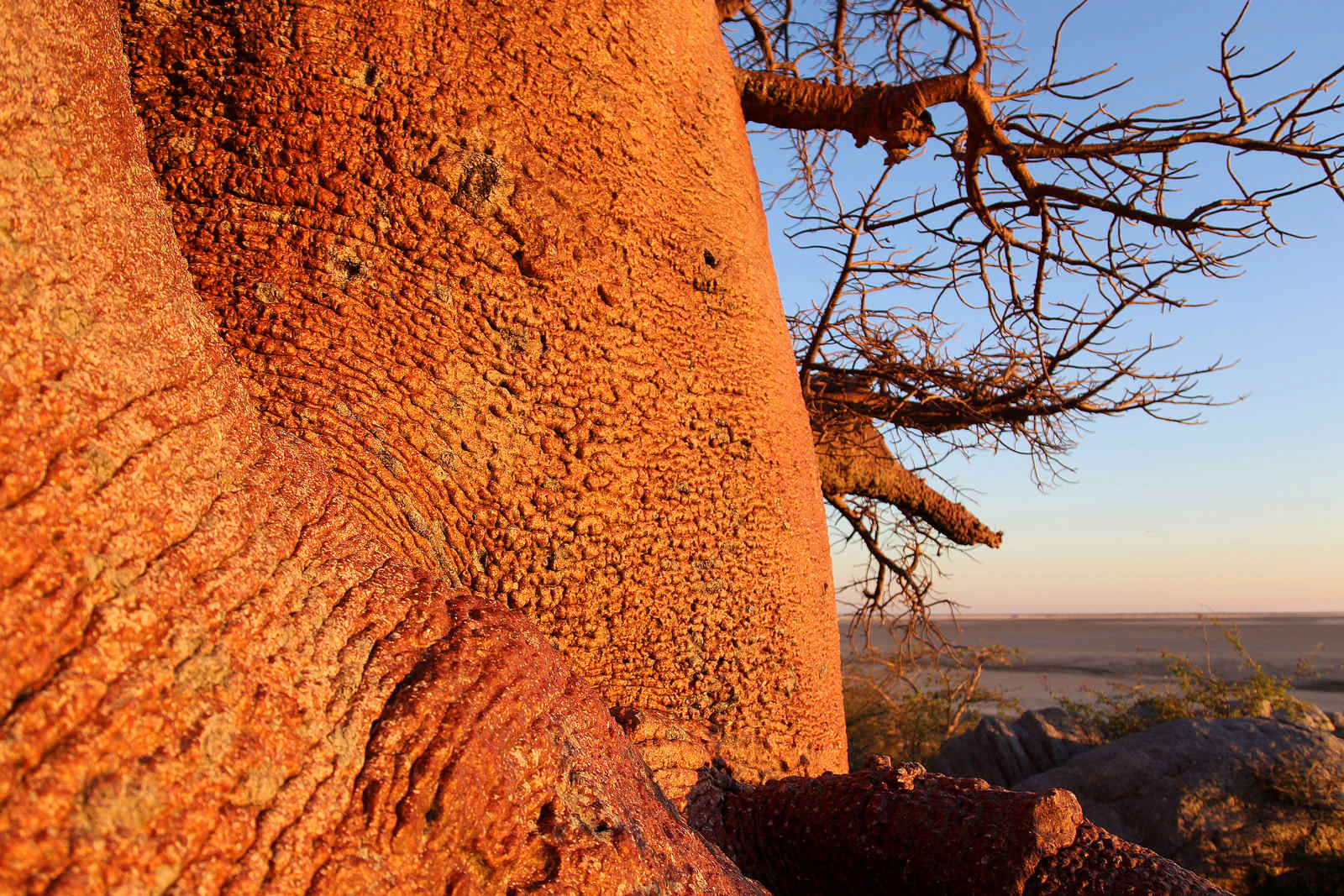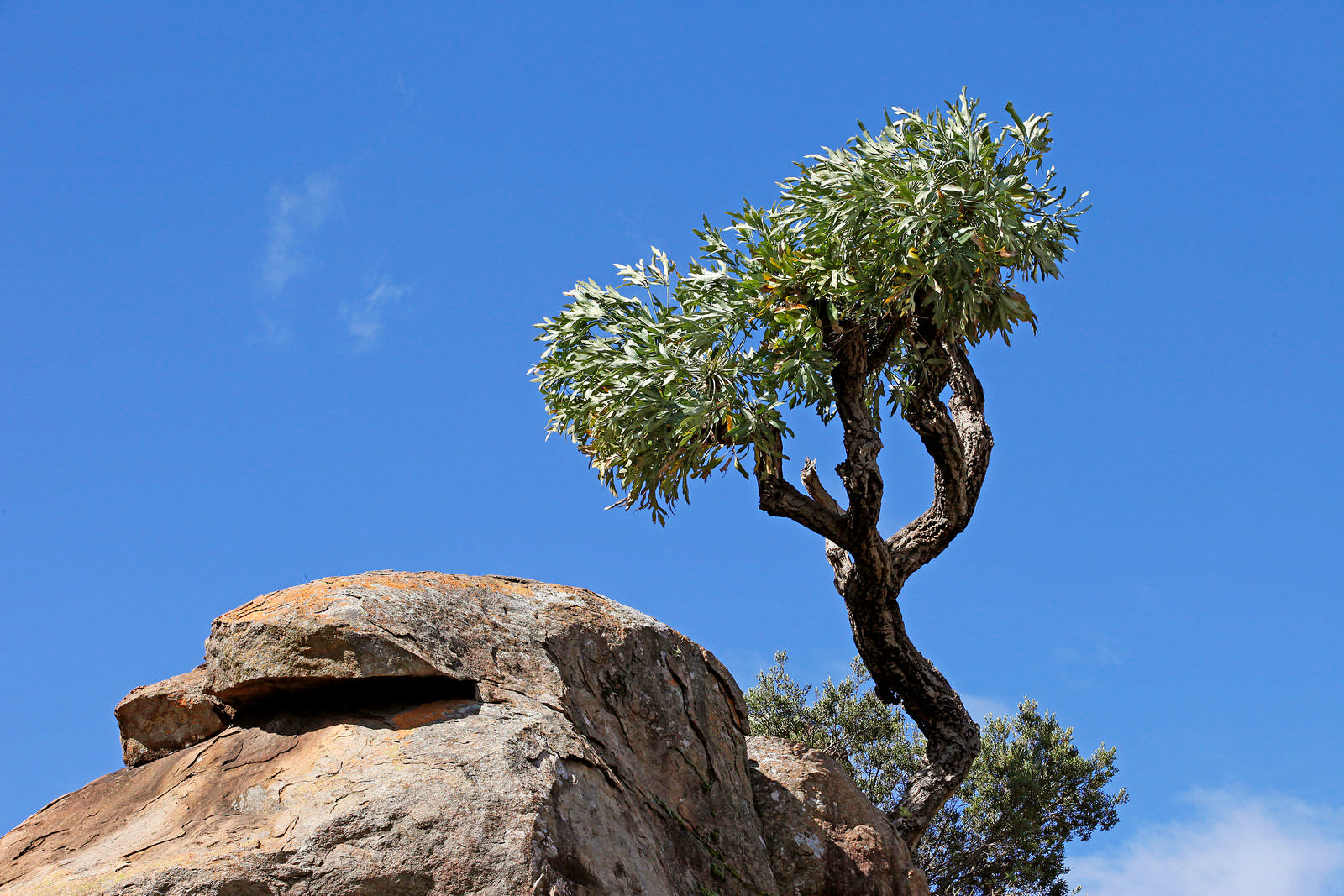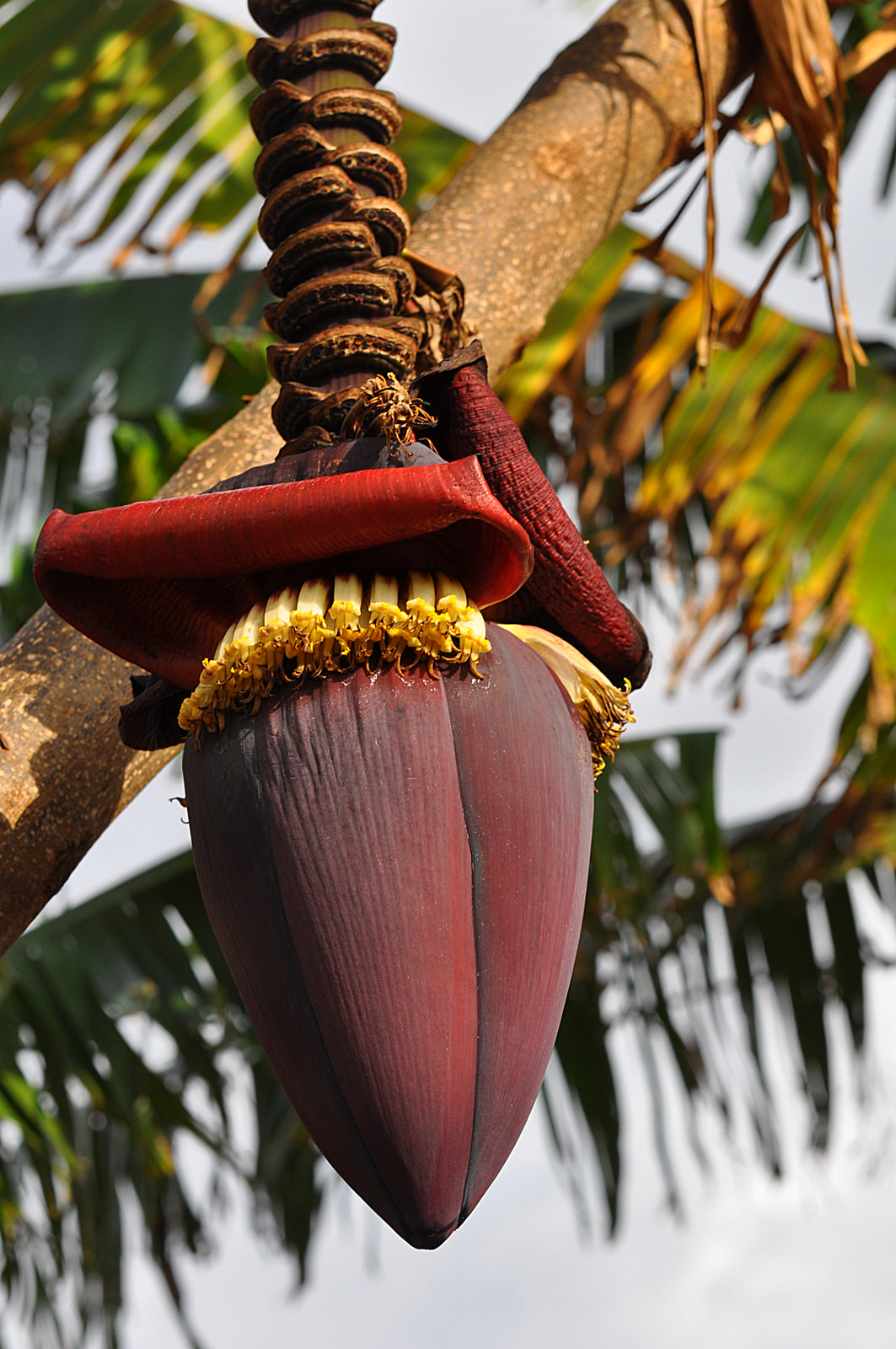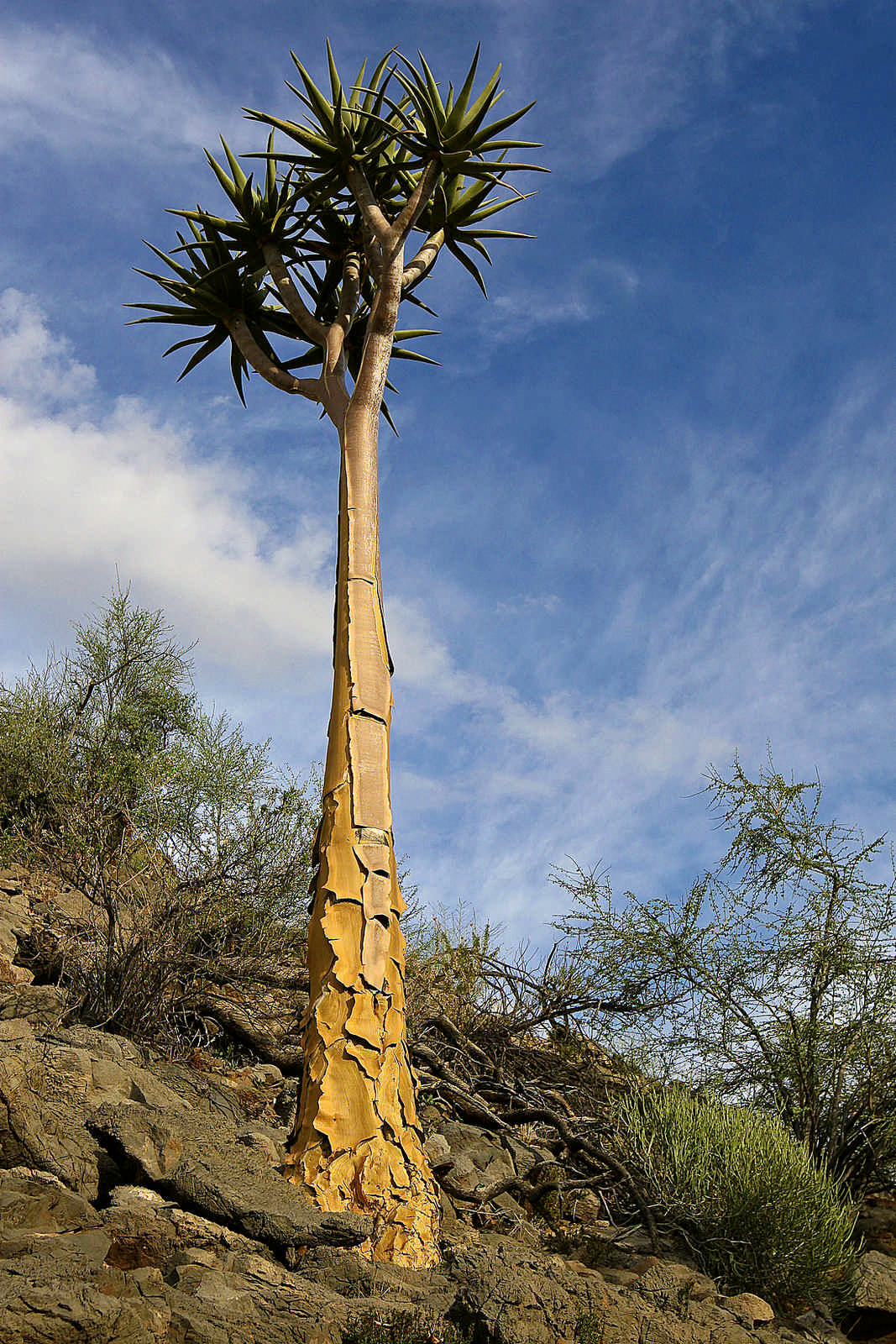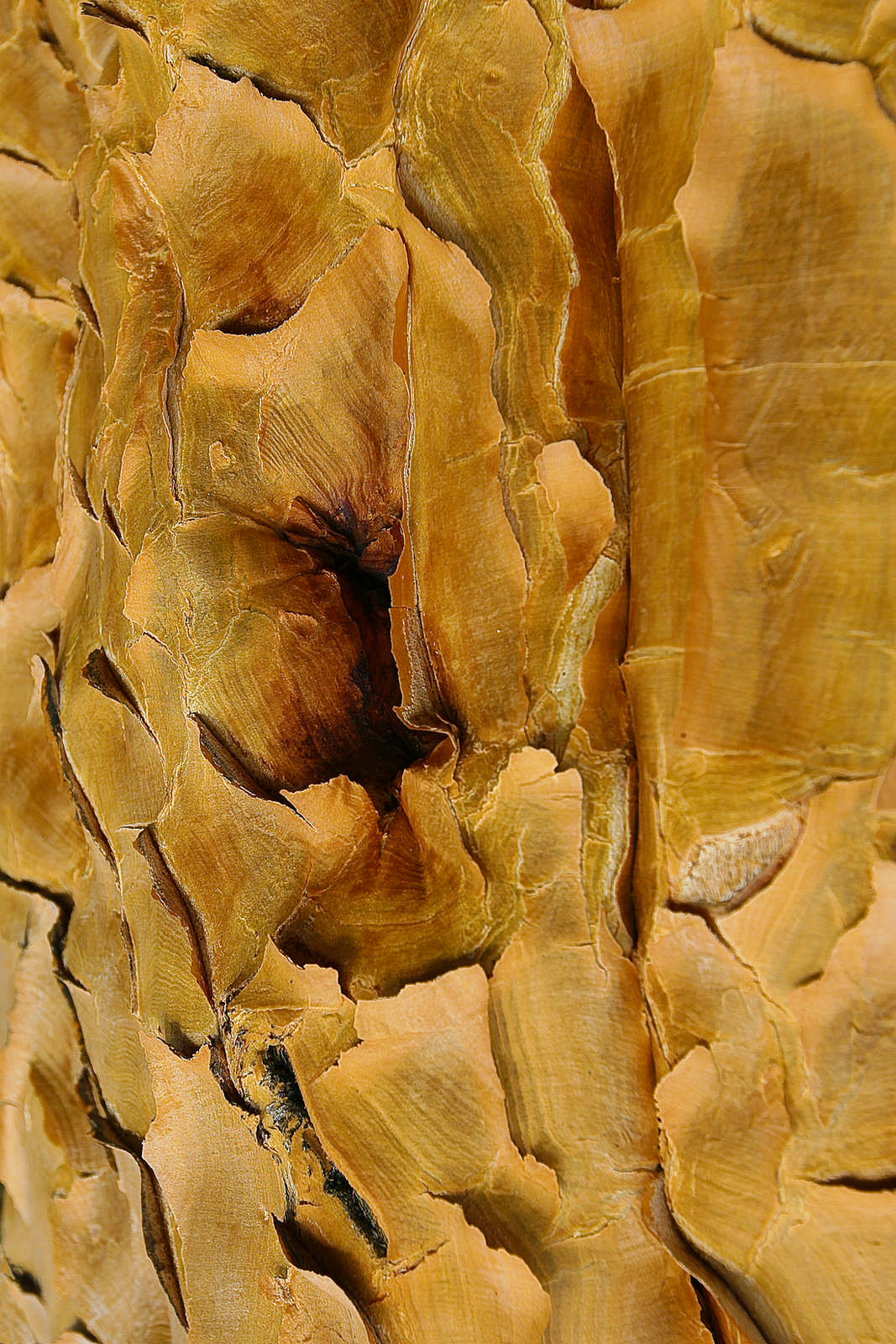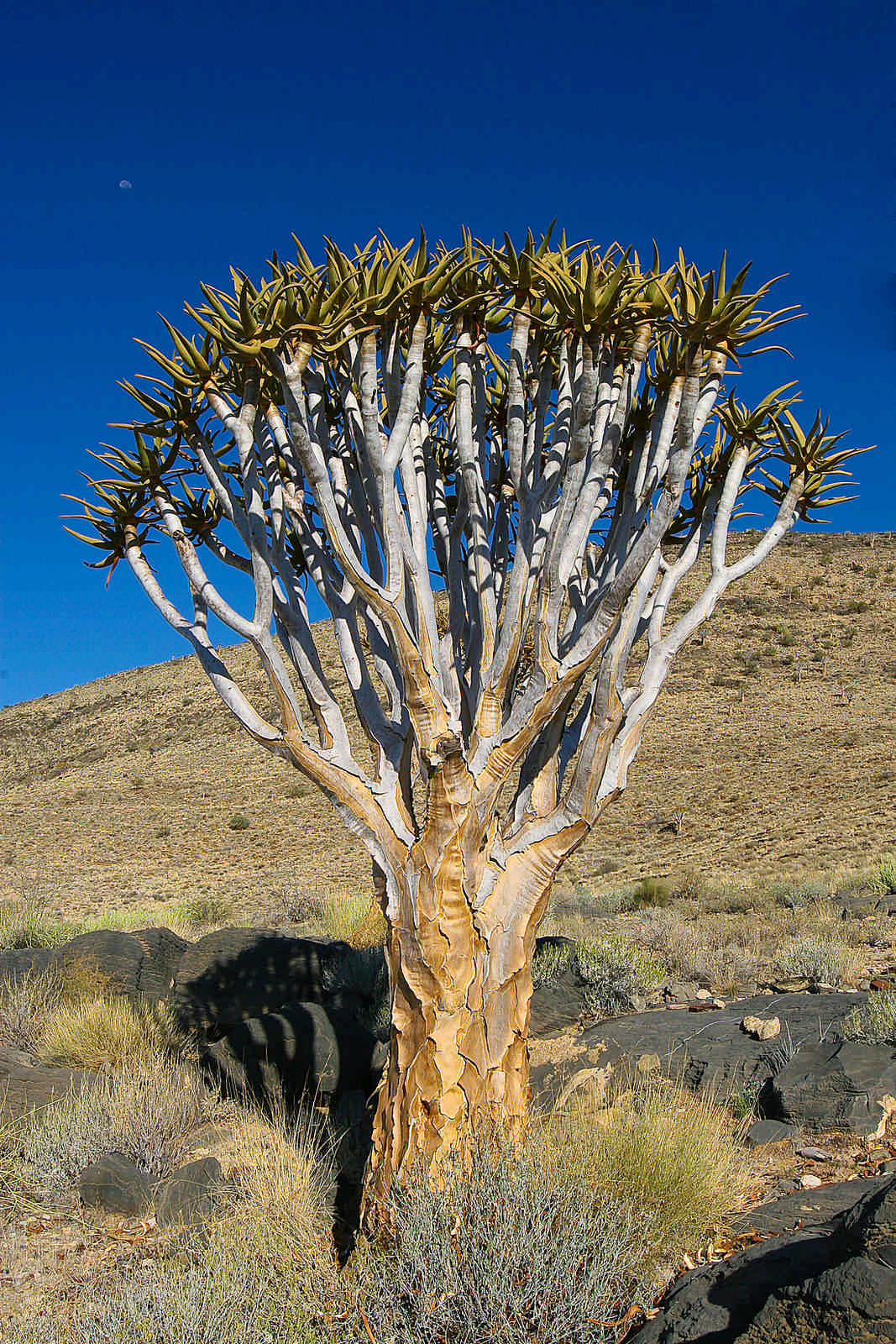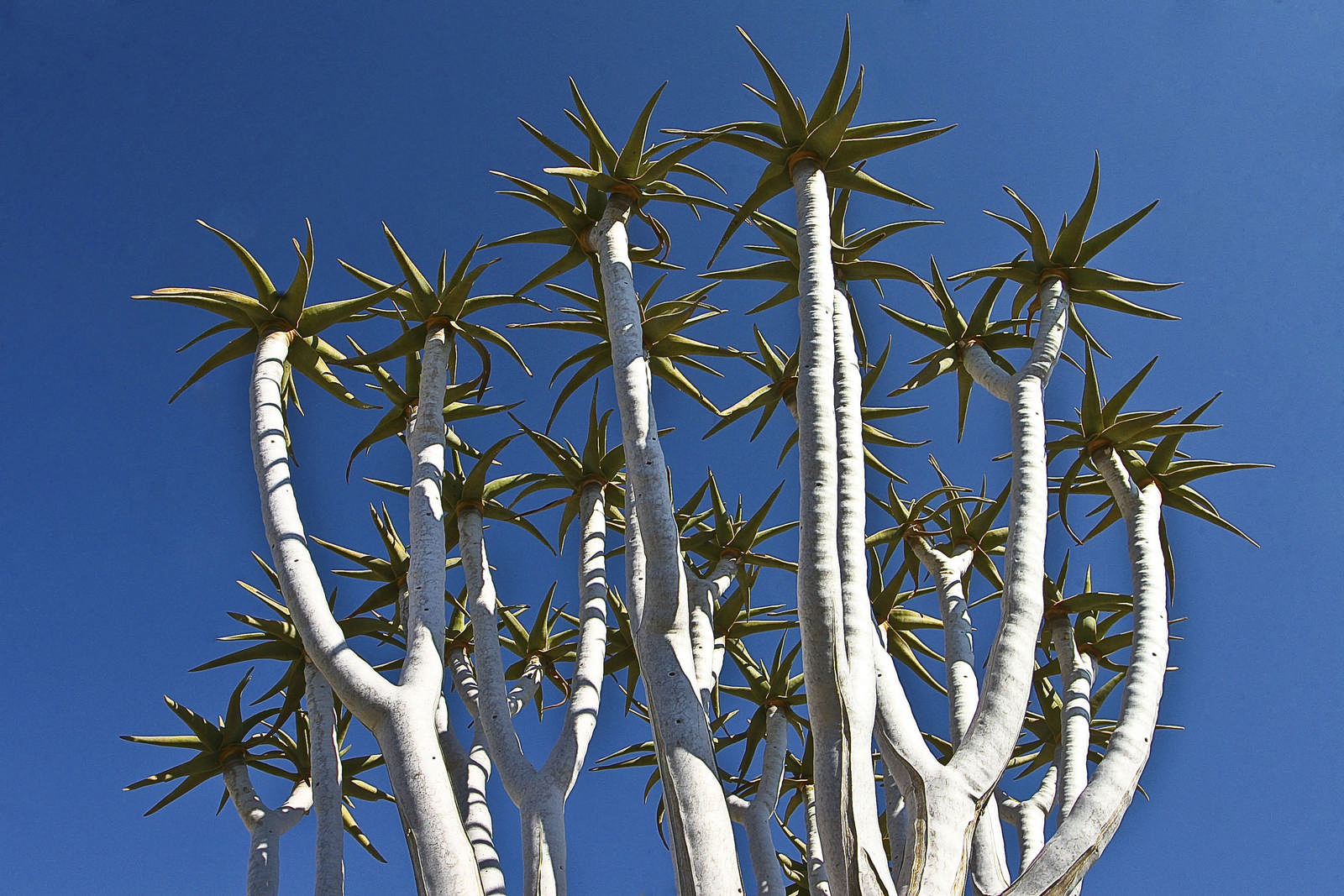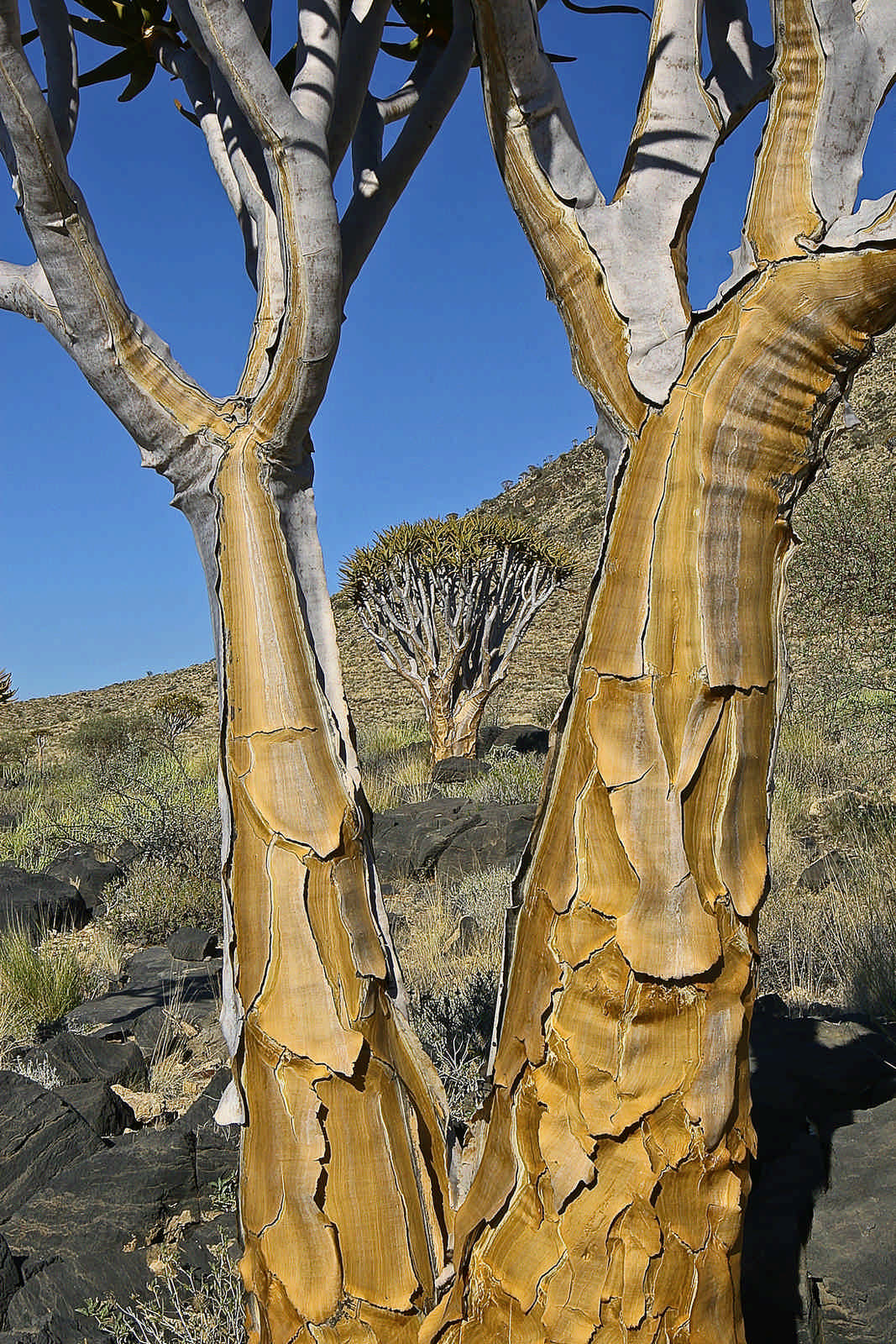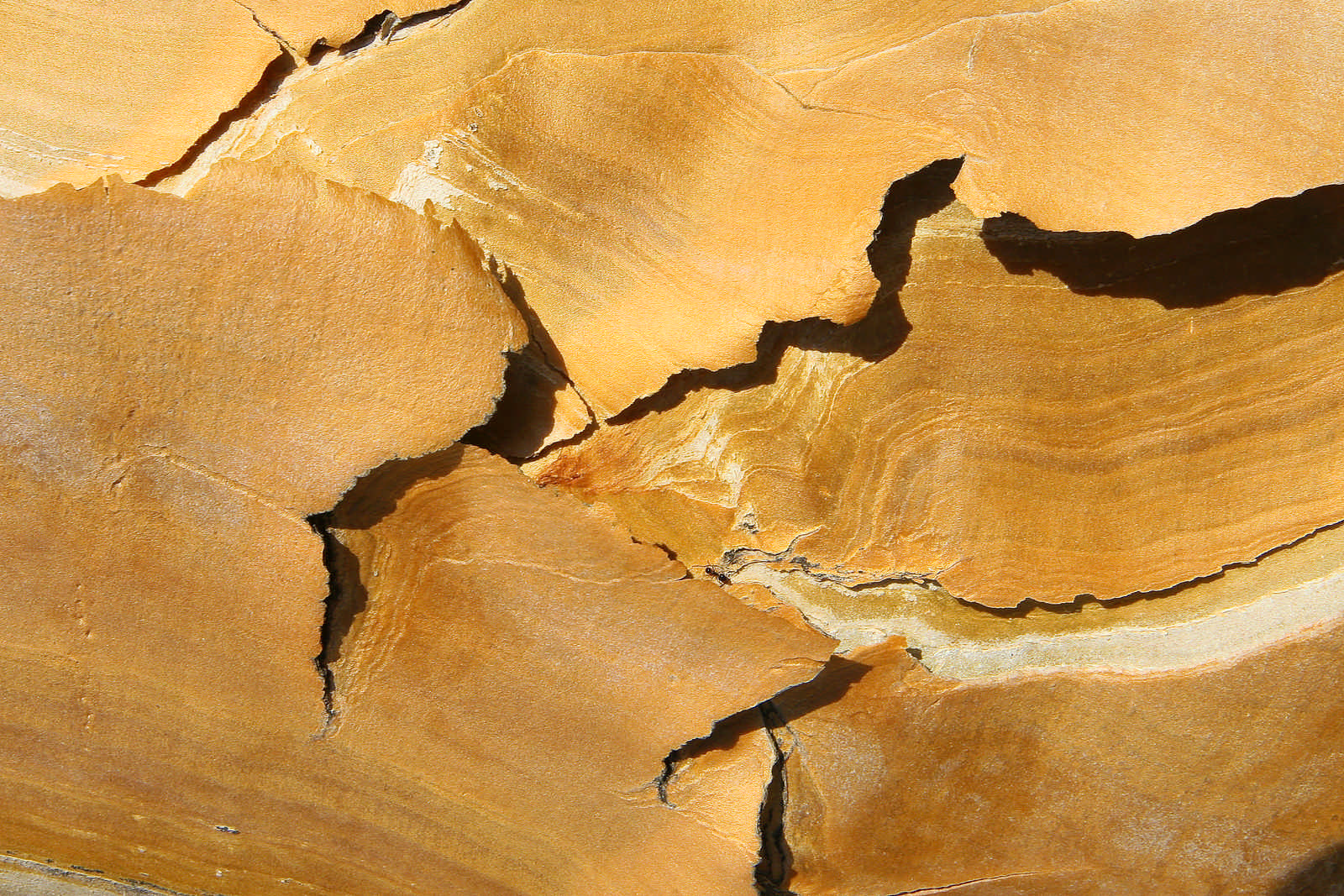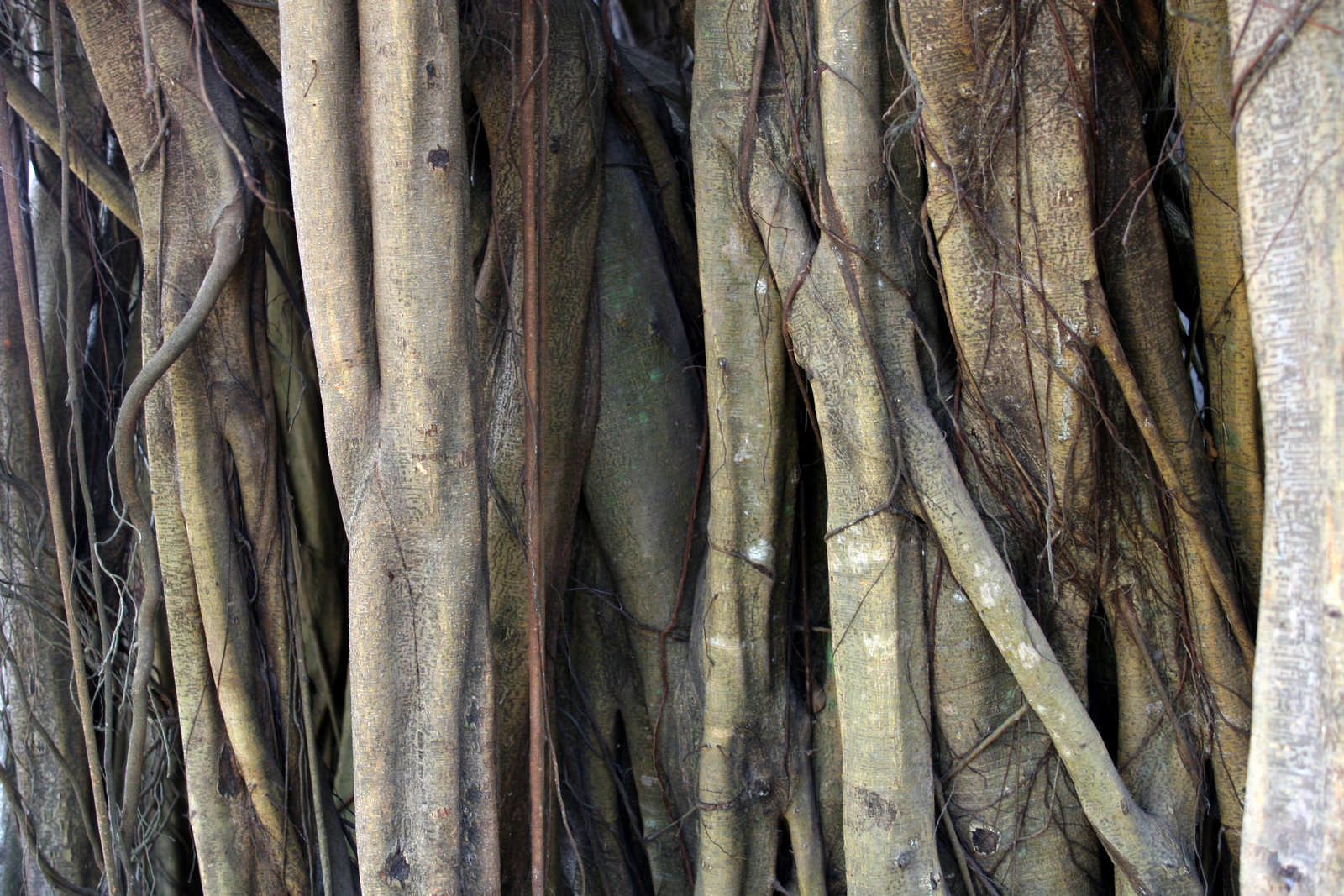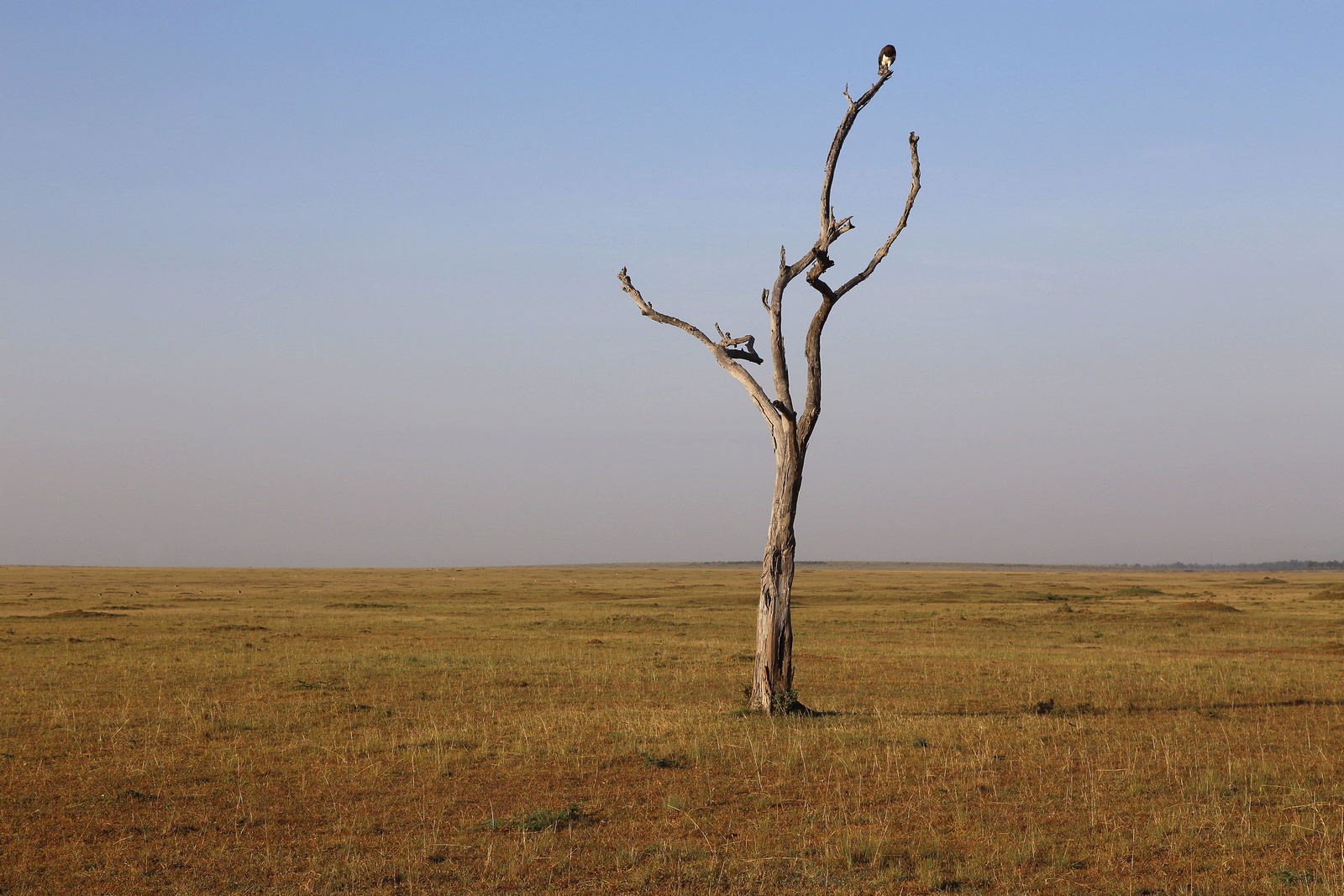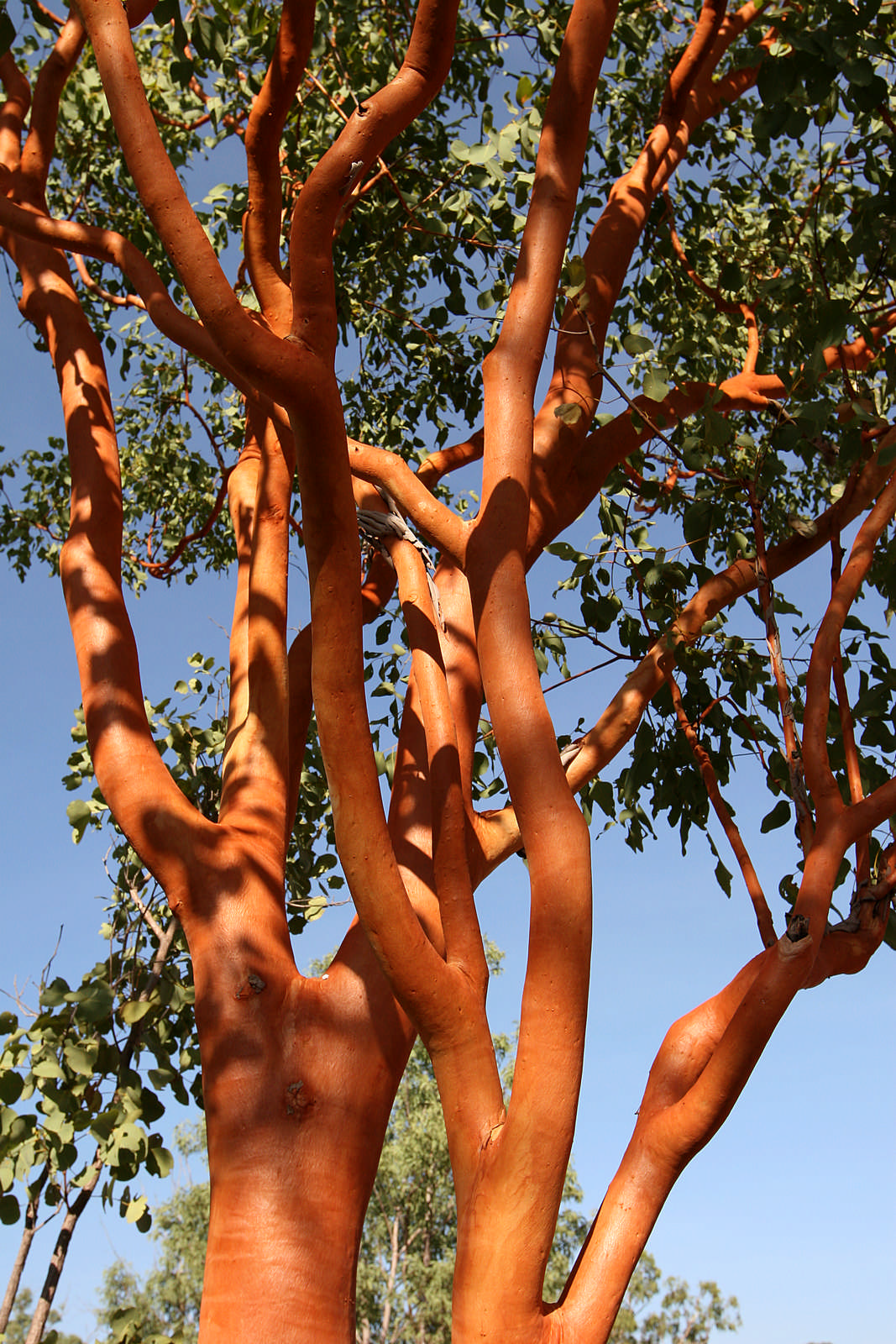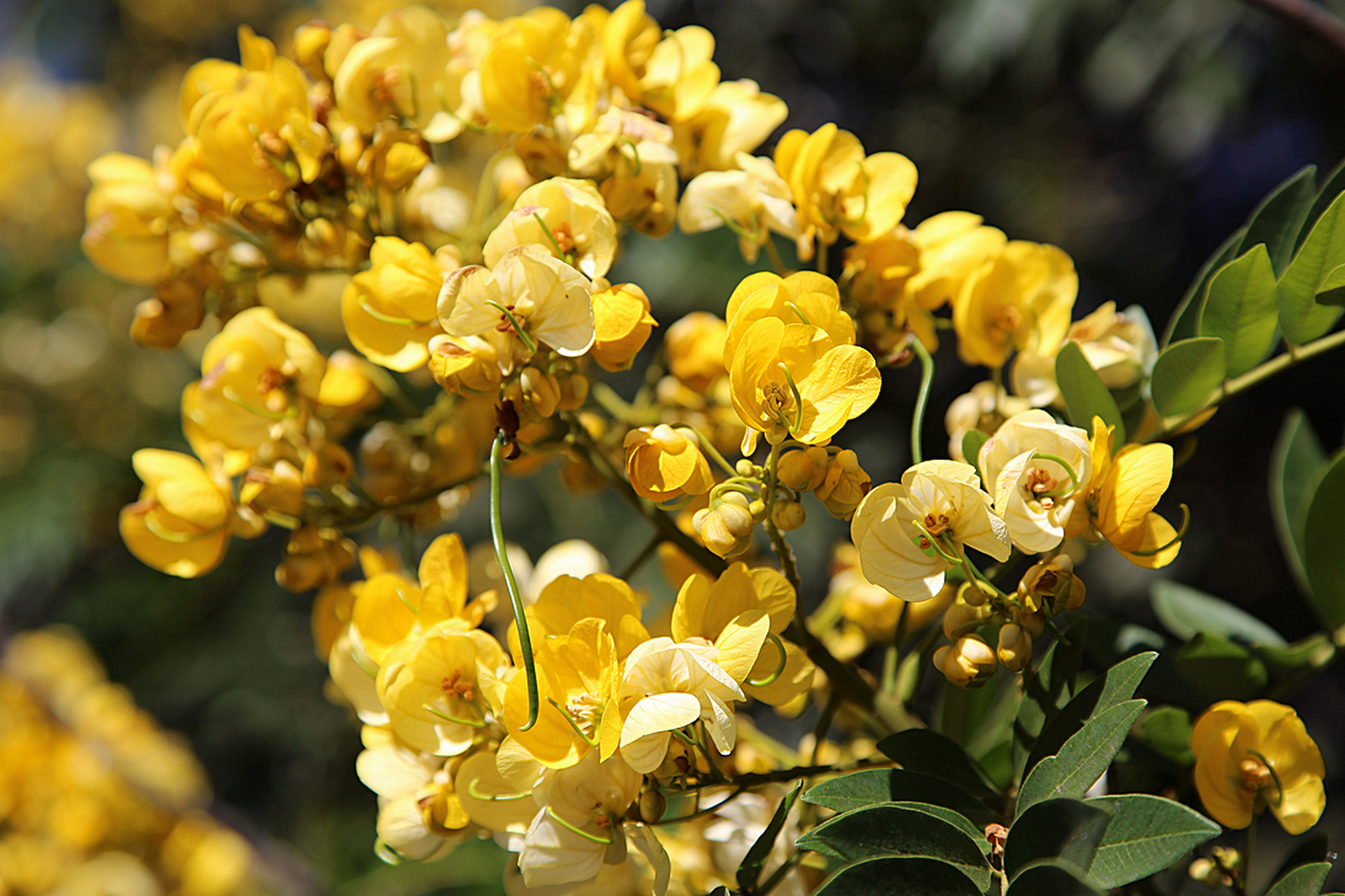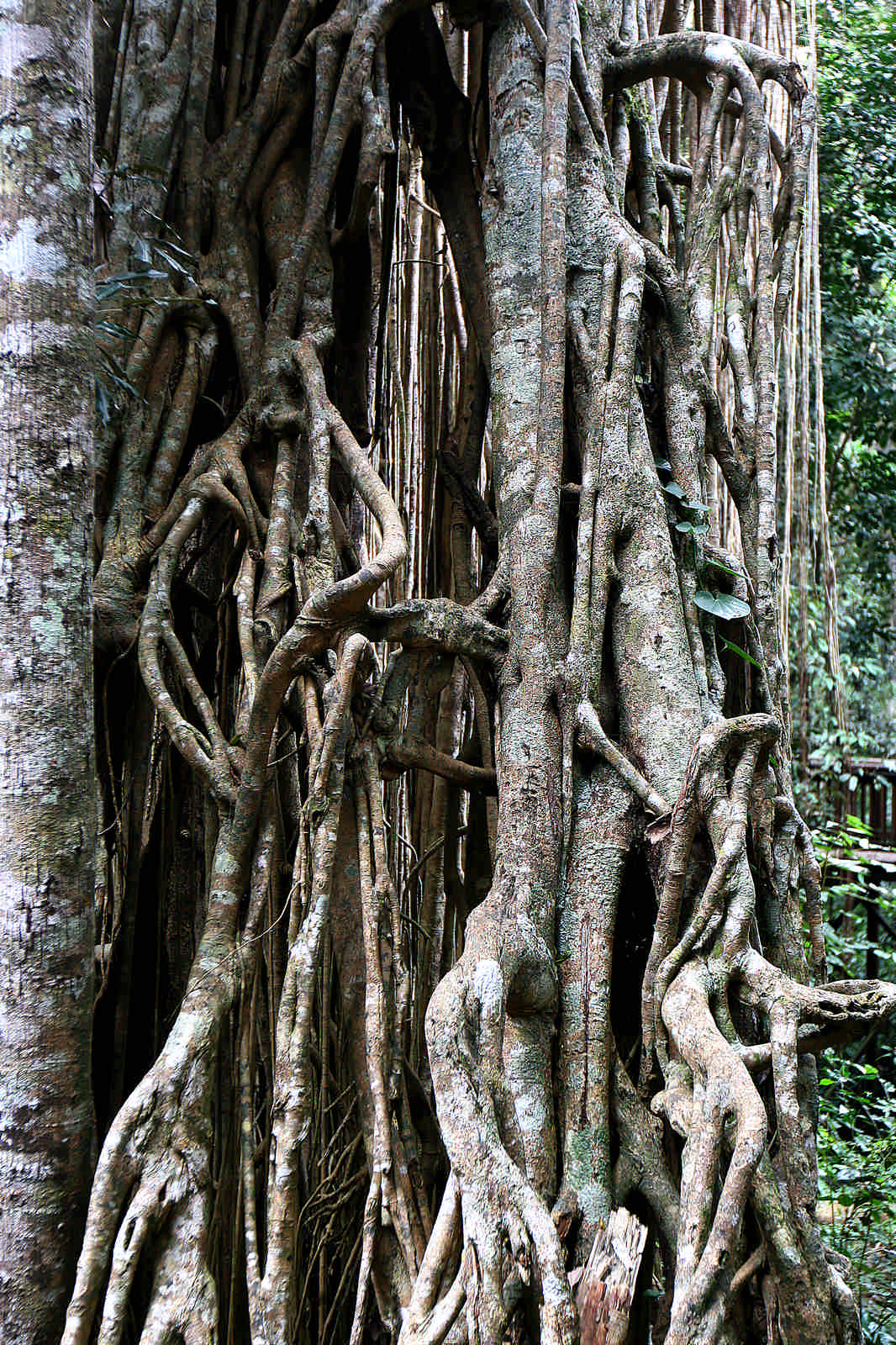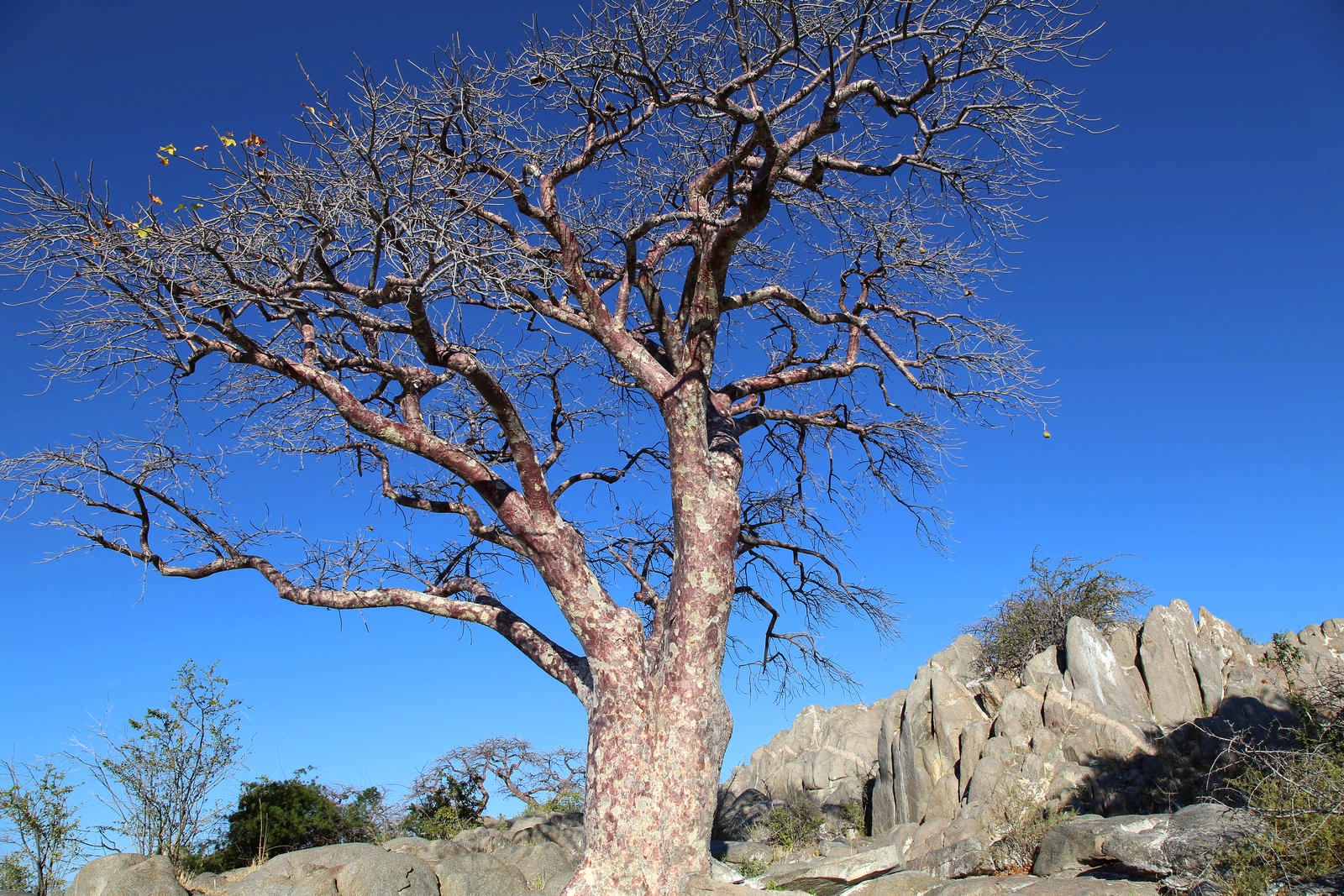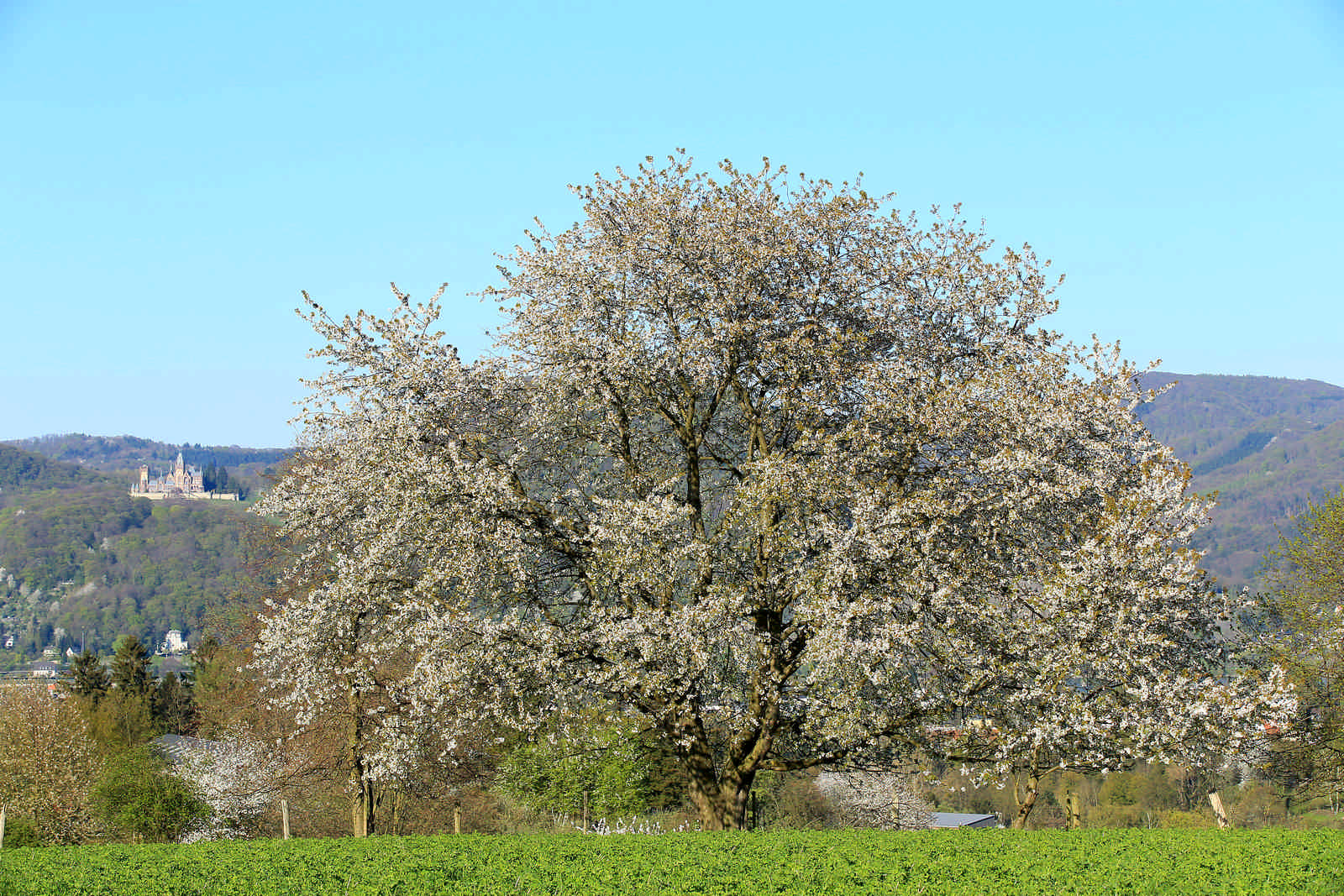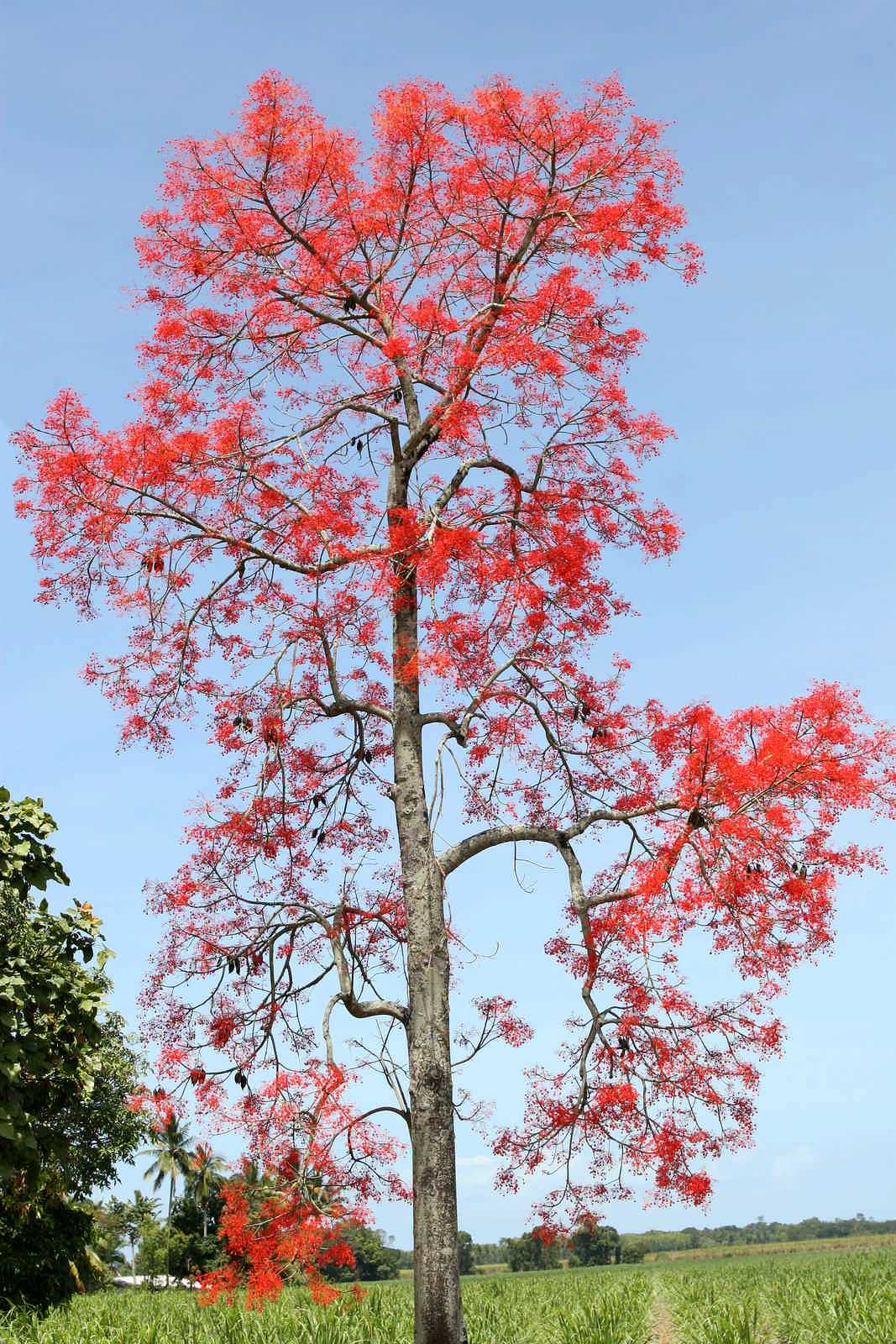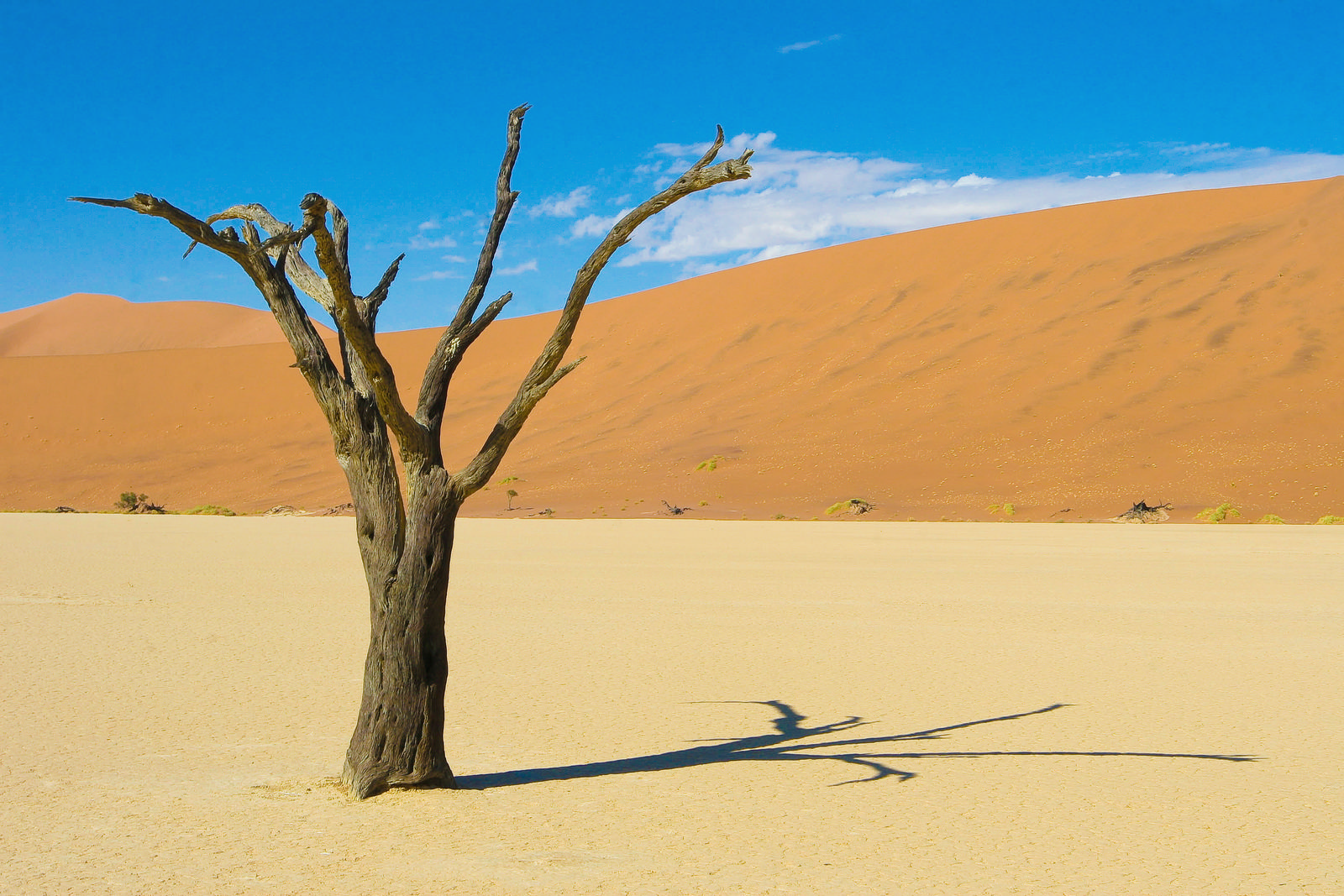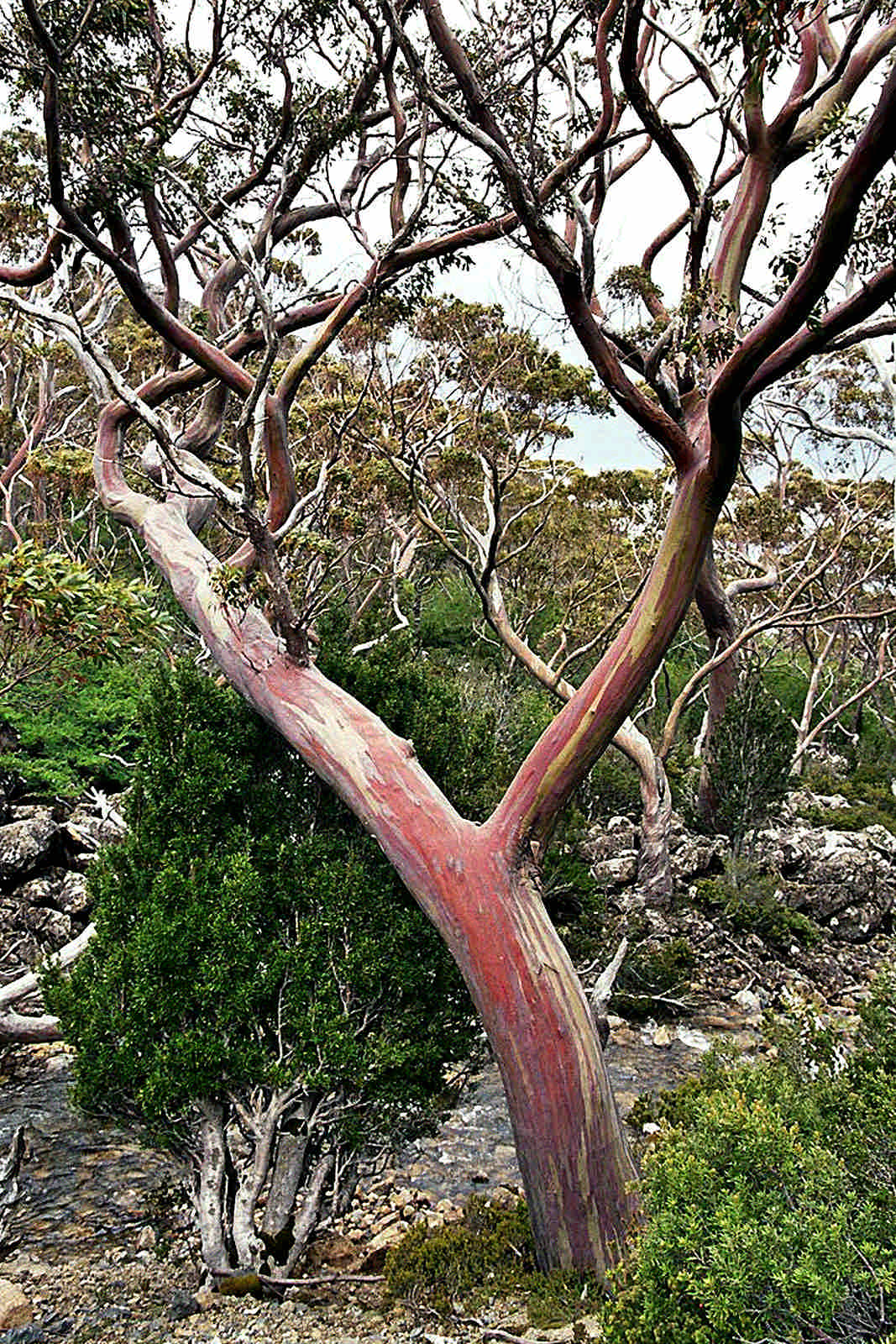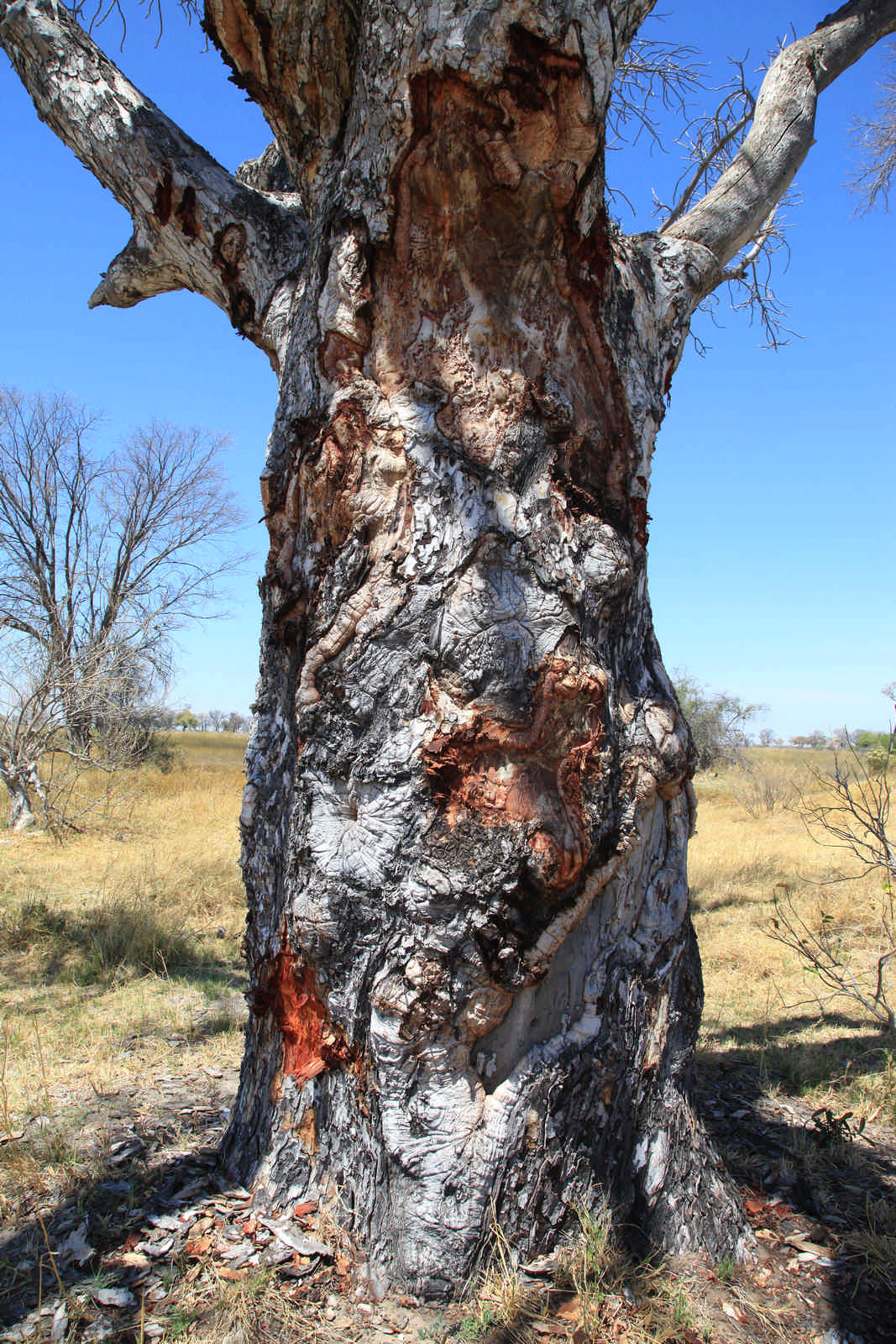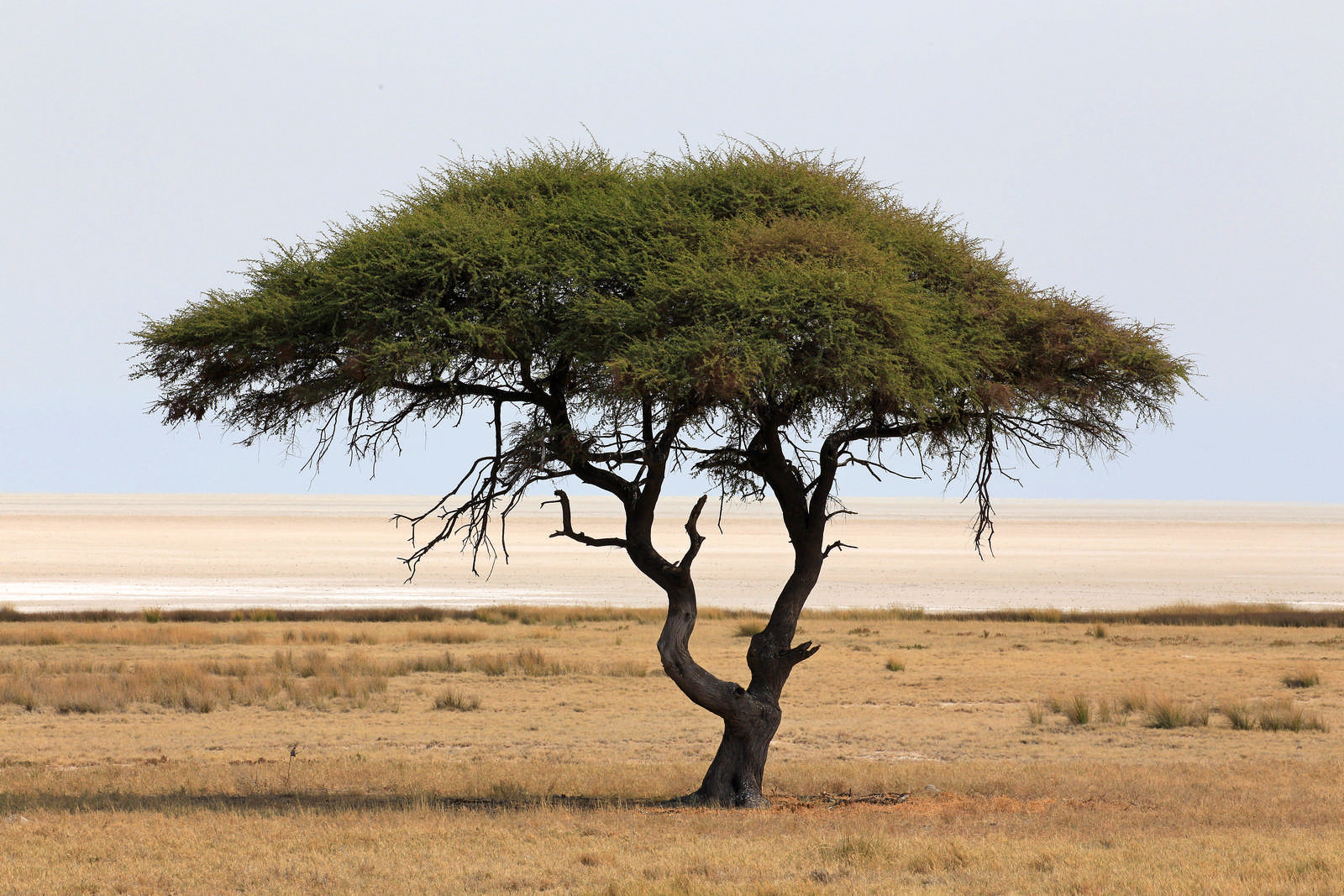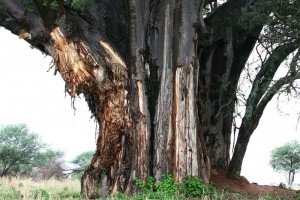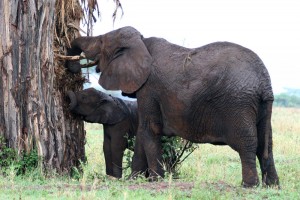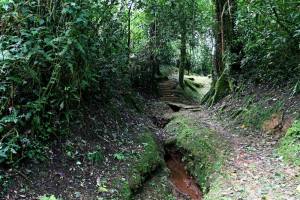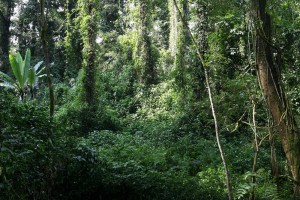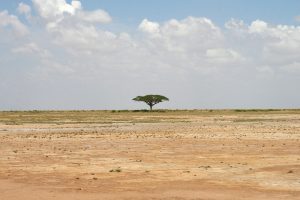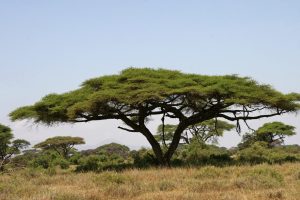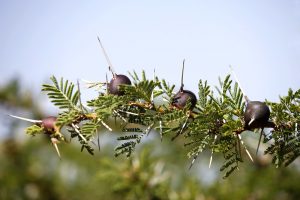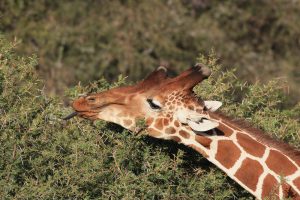When looking at our tree portfolio we realize time and time again, how interesting and different trees can be. Our tree-love started in Australia. We were fascinated with the color range of the local tree trunks. They vary from white to red and black. In Africa there are also rare trees with yellow trunks.
Trees learned to survive in some of the driest areas for a long period of time. But when a tree is threatened by attacks from elephant tusks again and again, even the mightiest trees cannot perservere.
In the end the human being is the biggest danger of all.
Example: A few decades ago western Kenya was covered by huge areas of rain forest. But because of deforestation hardly any forest is left. You can hike through the remainders in the Kakamega National Forest Reserve. There are the tree trunks covered with a thick green moss cushion and the forest soil is very moist and clayey, which makes hiking a juggling act.
How important a tree and finally the whole ecosystem forest for our climate is, can be seen when taking a look at the performance of a hundred year old tree:
- With its 1 Million leaves the tree produces 4,500 kg Oxygen per year (!).
- Every year the tree filters about 1 ton of dust and exhaust gases from the air.
- It can store about 30 cubic meters of water every year and therefore is a water tank.
During our first visit to the Amboseli Nationalpark in Kenya there were a lot of trees. Now, 25 years later only at the foot of the Kilimanjaro you can find trees. Otherwise the eye can see as far as the horizon without seeing a tree. When one has the comparison in mind, the sight is alarming. Upon our request we received the answer: too many elephants for too little trees. The nature does not have enough time for regeneration. This kind of landscape change chastens us. In the end it probably is a mix of many factors: exploitation through elephants and the daily need of firewood by Masai people, who live in some parts of the park with their cattles and goats.
In some areas of eastern Africa where there is bush- and tree population, one can encounter a very special tree: the umbrella thorn acacia.
The tree symbolizes the black continent for many people, just as lions and elephants do. As beautiful as the tree is to look at, it has a devious trait: it pricks. The umbrella thorn acacia has big white-grey thorns up to 12 cm, which are extremly hard and sharp. The porcupine sends its regards. If you need a piercing, you are certainly right here. Clever ants built their houses around those thorns, good for static of the spherical cabins. As well as good for the acacia. When a Giraffe would like to eat from the tree, ants plunge from their houses and bite the Giraffe in its tongue. One helps the other surviving. But the giraffe comes away emty-handed and has to find an uninhabited acacia as feeding ground. But the type with the long thorns is not even the meanest one. There are acacias with shorter thorns, which are bent at the end; this has the effect of a fishhook with barbs. Once “bitten” into, it does not let loose. Only one Thing helps then, stop and scream for help. The liberation through third helps preventing worse damage. Especially the release from facial skin is recommended. Conclusion: trees are not defenseless; they can be fortified as well.

